There's a lot of wild mushrooms out there to discover. Some are better than others. To help you sort through them, I've collected a list of my all-time favorite wild mushrooms I think every forager should know. Most of them are very easy to identify and cook. If you think I missed one, please leave a comment and let me know.
Hen of the Woods
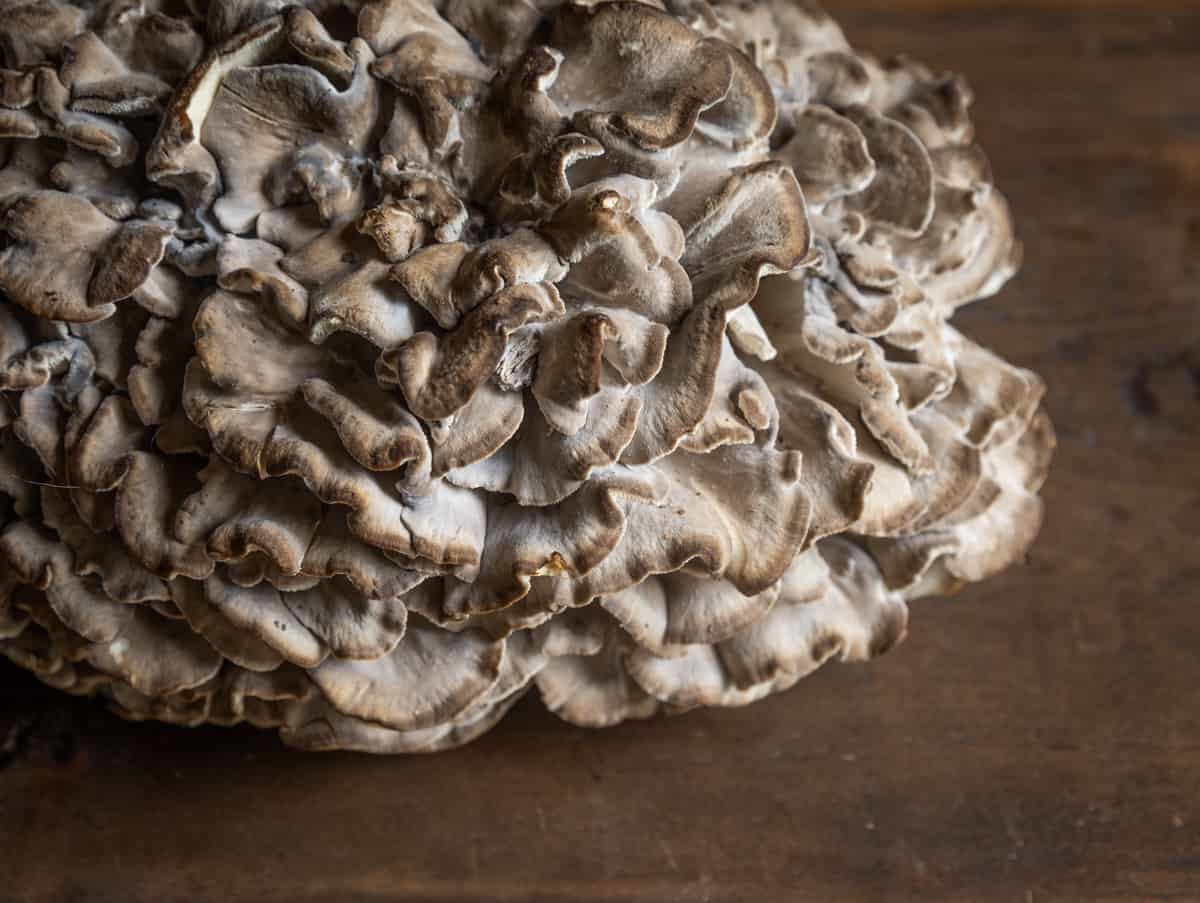
The hen of the woods also known as maitake mushrooms or Grifola frondosa are the king of fall mushrooms. These are typically parasites of oak trees growing in late august through october, and can grow to be 50 pounds or more, although younger mushrooms are always more tender and delicious than older ones. The price of hen of the woods is usually about $10-15 per pound.
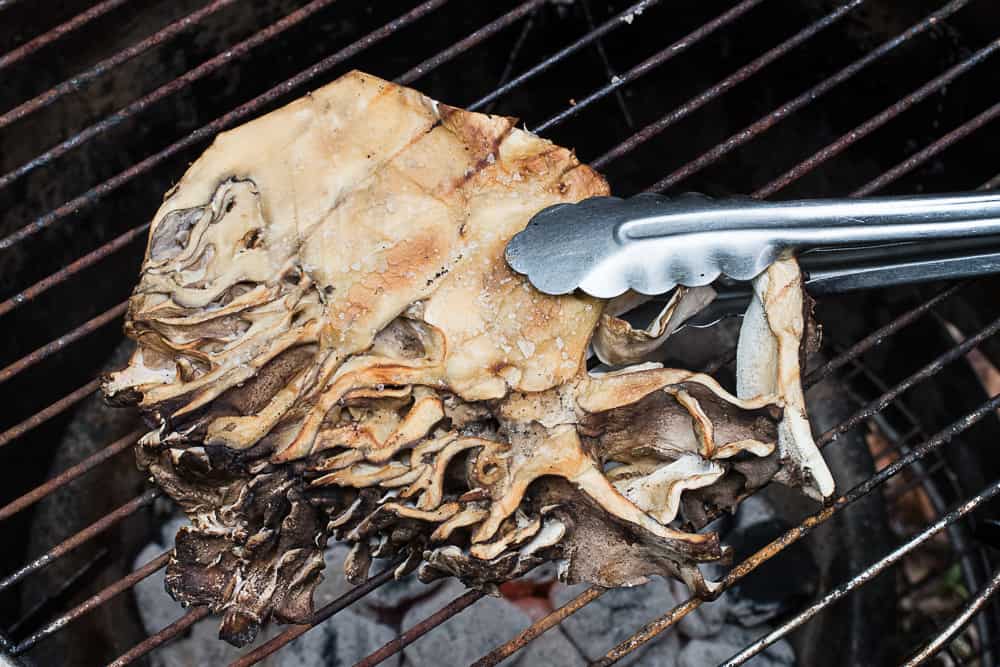
They have a mild, pleasant mushroom taste, but the best part about them is their size. Since the mushrooms are so large they can be cut into steaks and cooked as a mushroom meat substitute. See more on them in my guide to hen of the woods.
Chicken of the Woods

Chicken of the woods mushrooms (Laetiporus) are a cousin to hen of the woods and also grow on oak trees where I live. Like their name implies, they have a taste and texture that might remind you of chicken.
These can be very good mushrooms, but it's best to get them young as older mushrooms may have bugs inside them or have a woody texture. They're more expensive than hens, and the price of chicken of the woods is usually $15-20 per pound.
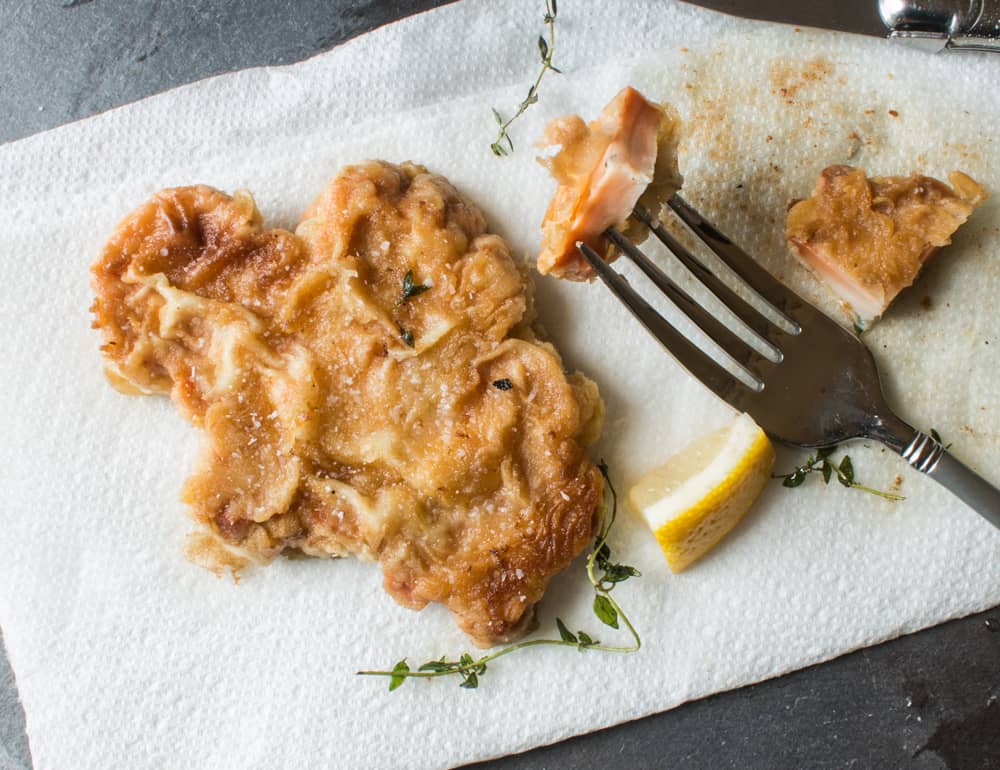
Their taste is a combination of mushroom, and sometimes a hint of lemon or orange in young mushrooms. They're fantastic fried, cut into pieces and put in soup or used in casseroles.
One of my all time favorite wild mushroom recipes is chicken of the woods with pasta and lemon cream. See more on these in my guide post on chicken of the woods.
Common Morels
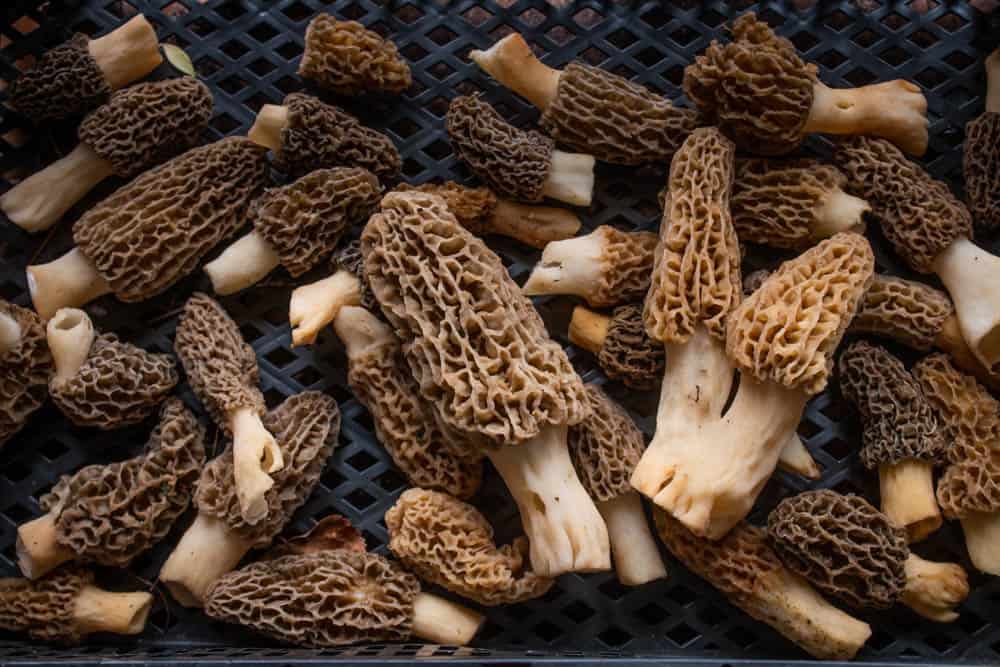
One of the most famous and delicious mushrooms in the world, common morels (Morchella americana) are the large blondes and greys hunted in the Eastern United States. They're not often sold in stores, and the price of fresh morels is $45-60 during the season.
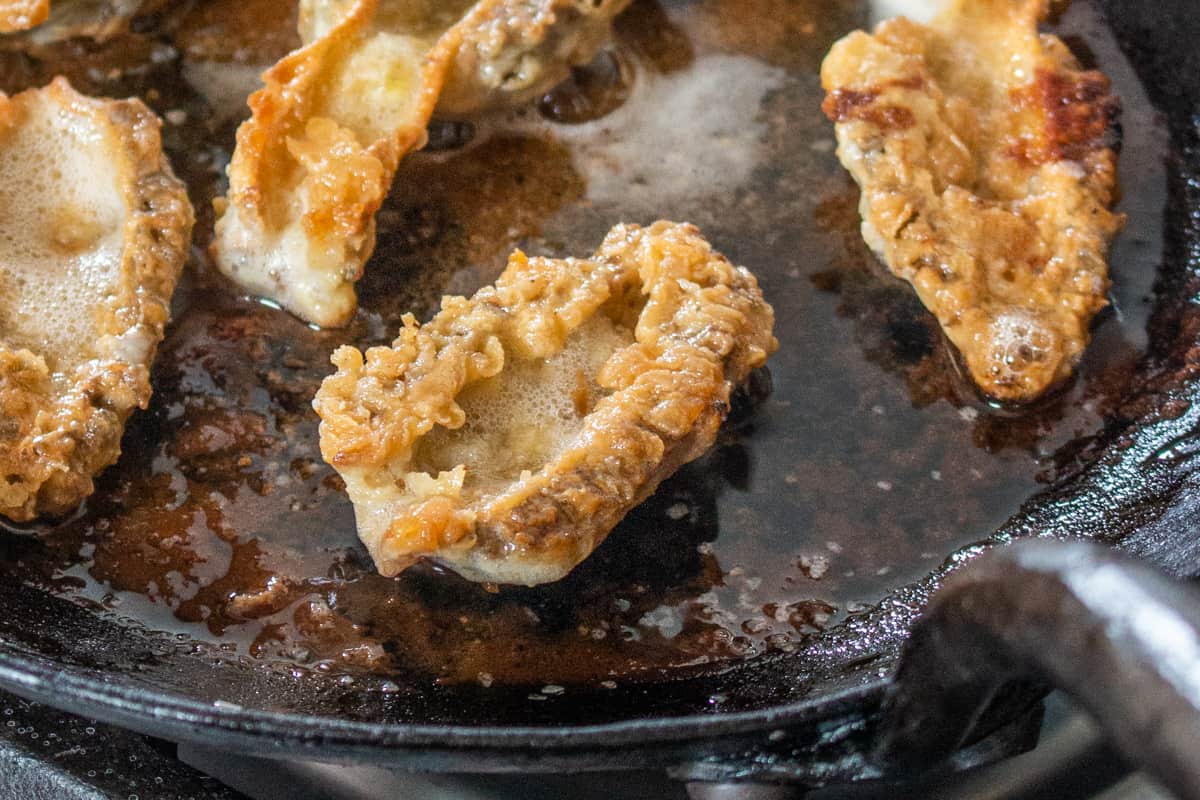
These are one of the most versatile and valuable mushrooms to hunt, with lots of tasty things you can make. One of my favorite recipes is from my Grandmother, who used to make fried morels. See more on common morels in my guide post on them.
Black Morels
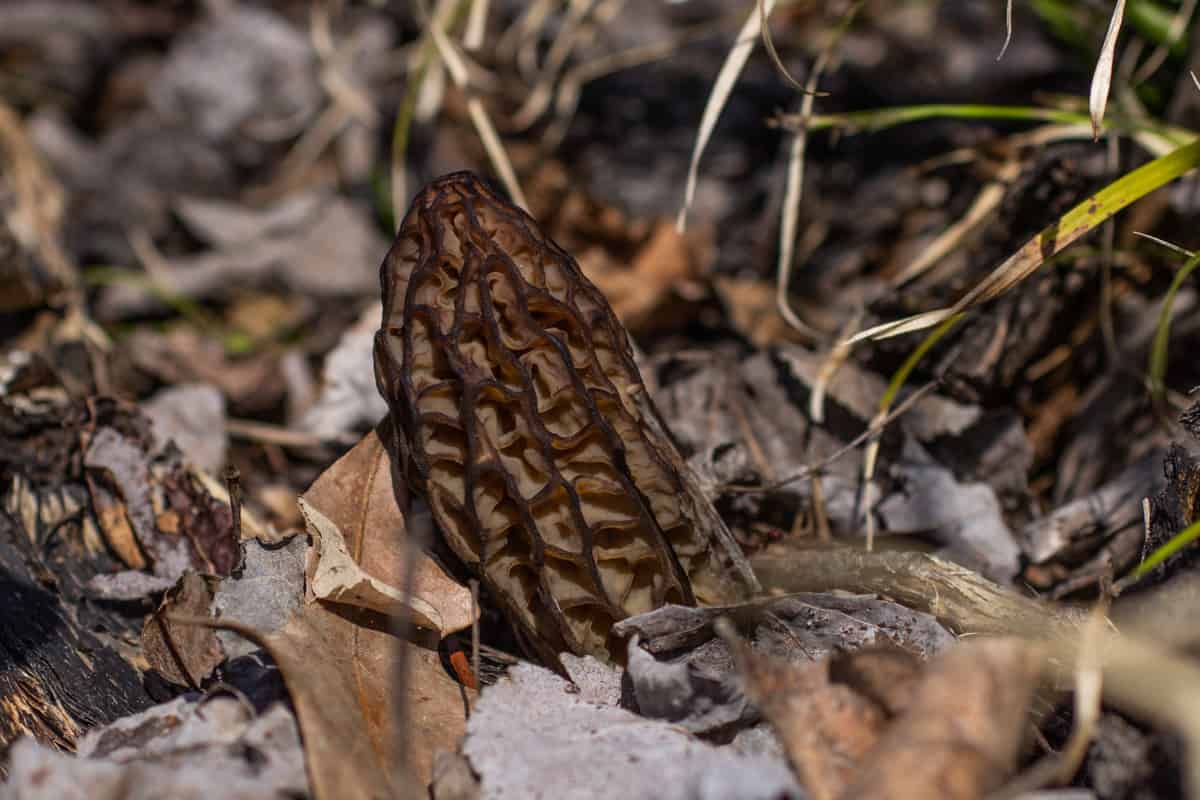
Black morels are a different group of mushrooms related to common morels (Morchella conica and others), and are harvested in large quantities after forest fires, floods, logging and storms.
They look different from their cousins too, with a slightly pointed cap, and black coloring on the ridges of the cap. These are sold in large quantities to chefs and restaurants, so if you buy morels in a store it's probably them.
They can be cooked anyway you would enjoy other morels. The price of black morels is usually about $25-40, which is can be half of what common morels go for. See more on them in my post on black morels.
Golden Chanterelles
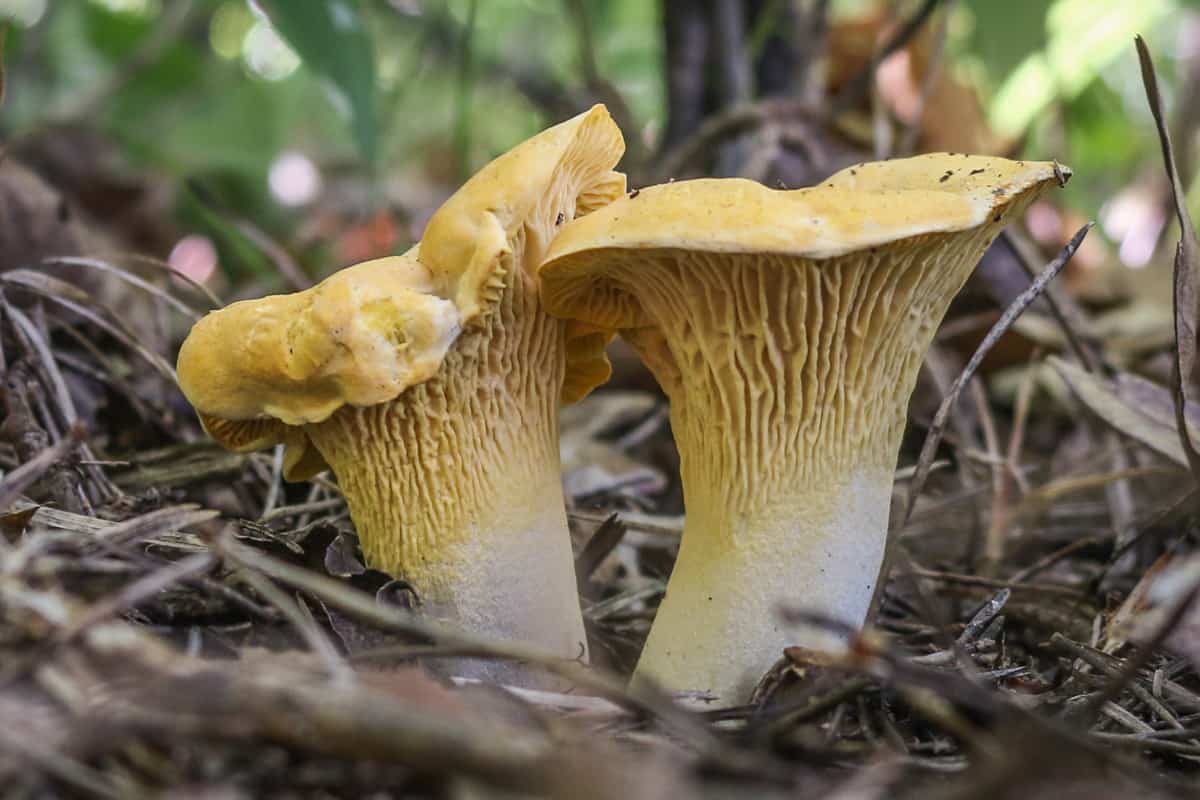
Golden chanterelles (various species of Cantharellus) are one of the top edible wild mushrooms in the world foragers look for, prized for their fruity apricot aroma and firm texture. There are many different species of golden chanterelle, with new ones being named regularly with genetic sequencing. All golden chanterelles are edible, and delicious.
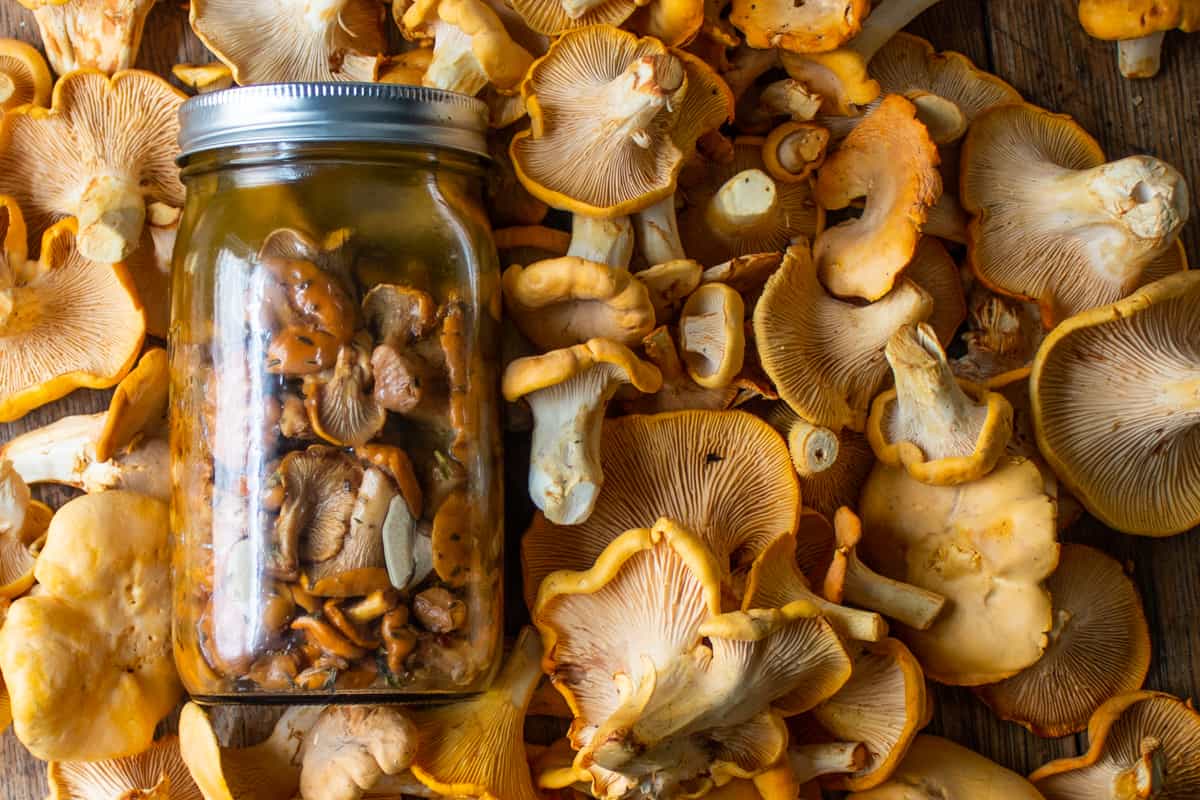
Depending on the species and time of year (they're available from late June to august where I live) I can usually find large amounts of them. Their one of the best wild mushrooms for sauteing, and make great pickles as well as mushroom duxelles. The price of chanterelles can range from $40 per pound for young mushrooms, to $15-20 per pound for larger ones. See more on them in my guide post on chanterelles.
Red Chanterelles
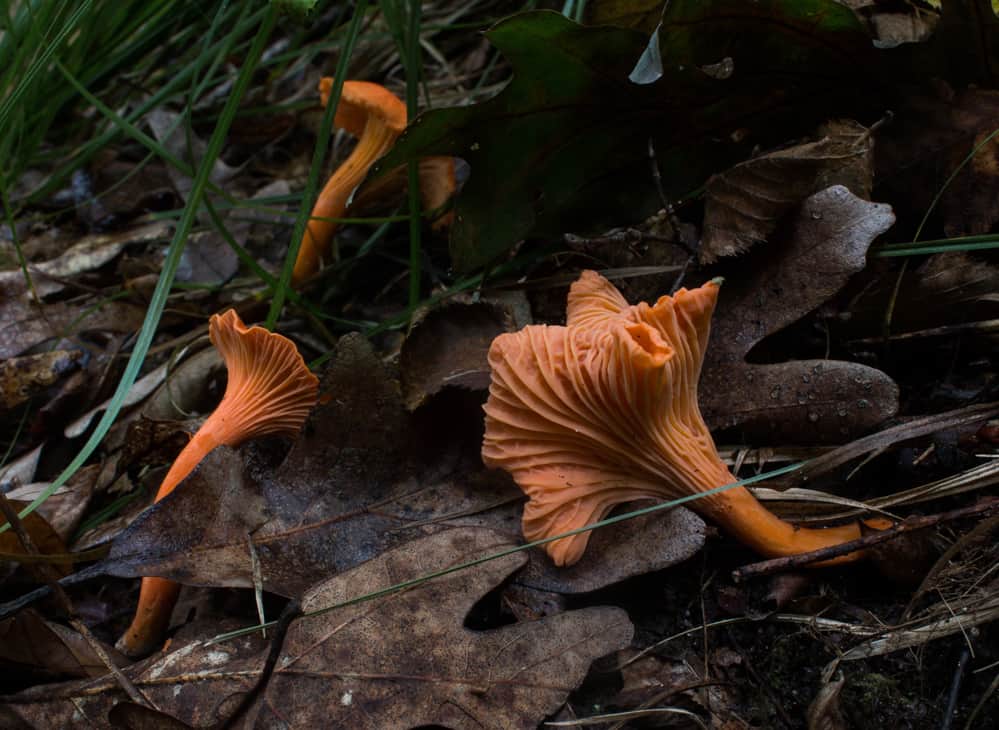
Red chanterelles (Cantharellus cinnabarinus) are a cousin to golden chanterelles and often grow in the same habitat at the same time. They may be smaller than some golden chanterelles, but they have a similar texture and delicate fruity smell.
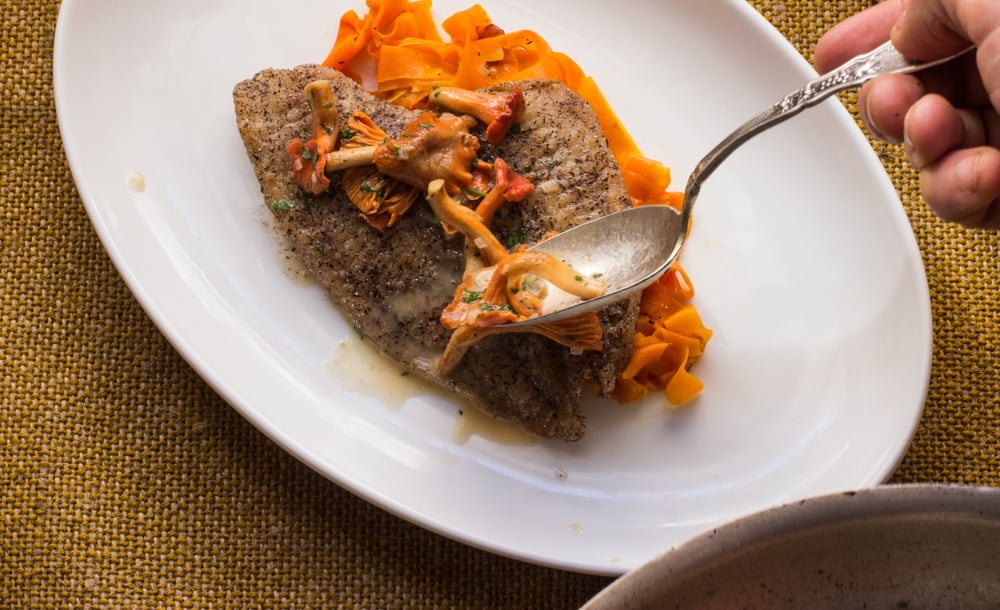
You can use them in any of your favorite chanterelle recipes. I try to leave them whole when I cook them. See more on them in my guide post on red chanterelles.
Black Trumpet Mushrooms
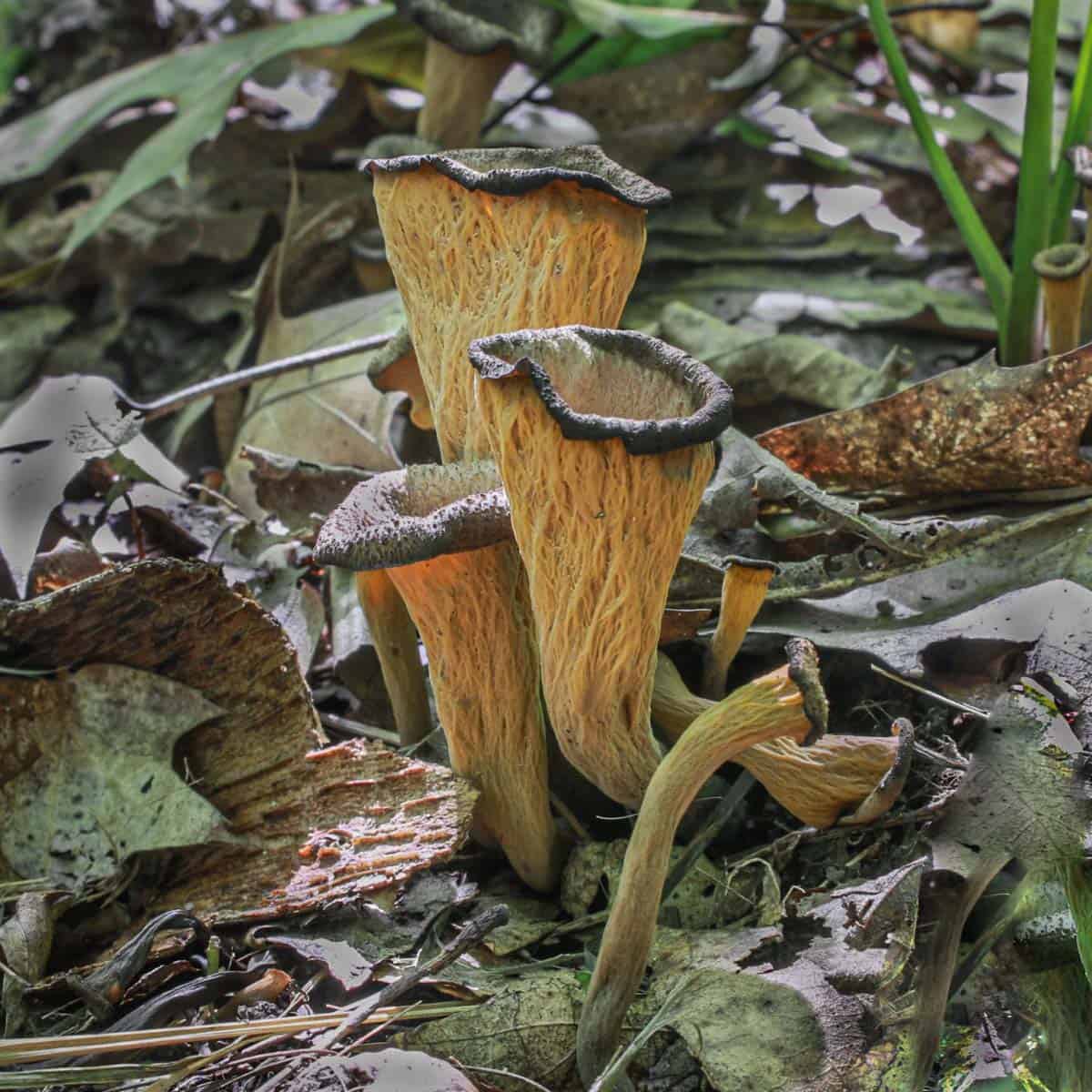
Another cousin to golden chanterelles, Black trumpet mushrooms (Craterellus fallax and others) are one of the most famous edible wild mushrooms in the world. They often grow in similar places to golden chanterelles and can be found next to each other.
They're lighter and more delicate than golden chanterelles and have a similar fruity smell with a hint of dark, very ripe fruit. The price of black trumpets can range from $20-30 per pound, and they're sold by wholesalers to chefs during their season.
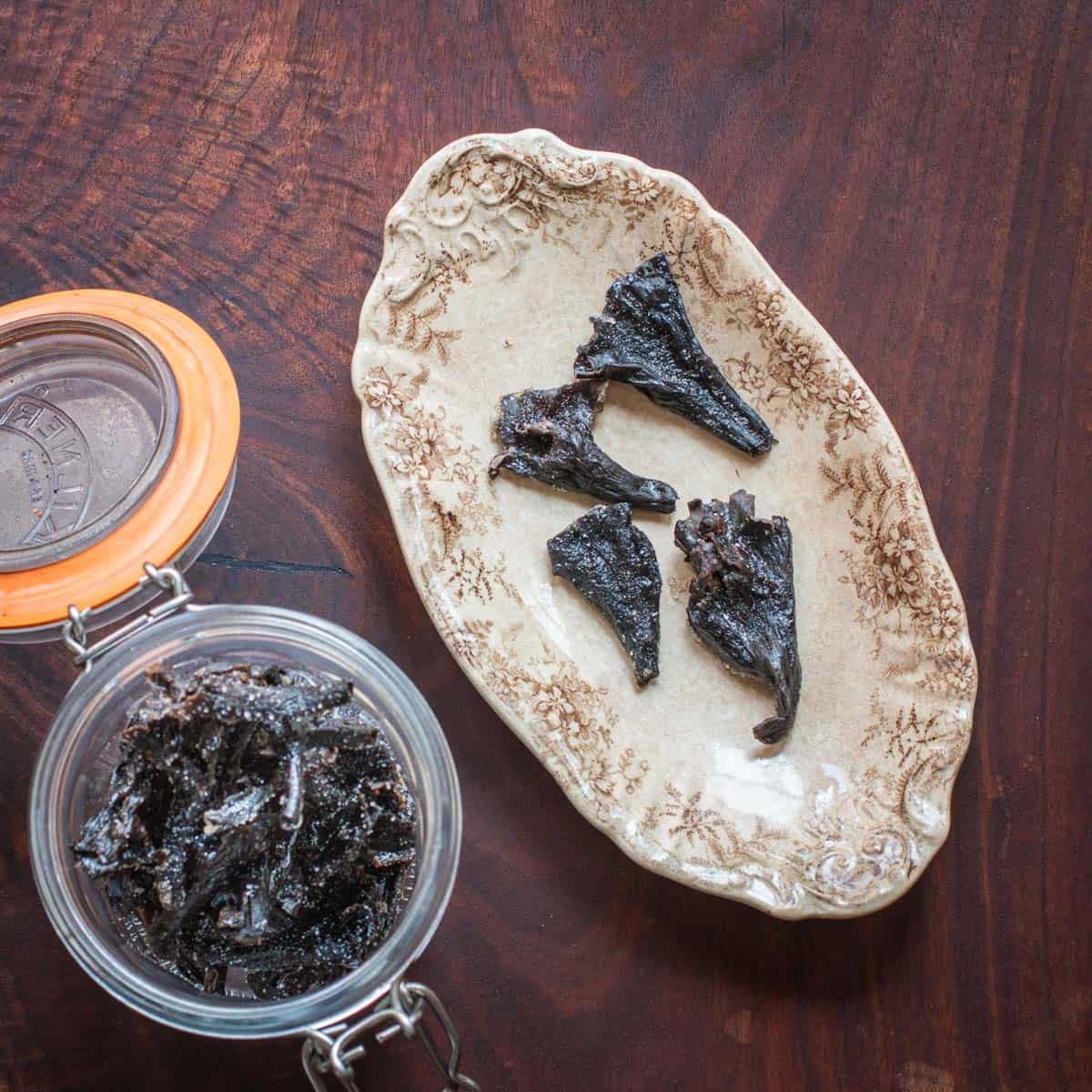
They're loved in Europe, where they're known as the or trompetta de morte in Italian (the horn of death). You can use them in your favorite recipes, but using too many can make a dish bitter. Cream sauce and soup, as well as a simple sauté are great places to use them. With their sweet aroma, they can even be used in desserts or candied black trumpets. See more on them in my guide post on black trumpet mushrooms.
Yellowfoot Chanterelles
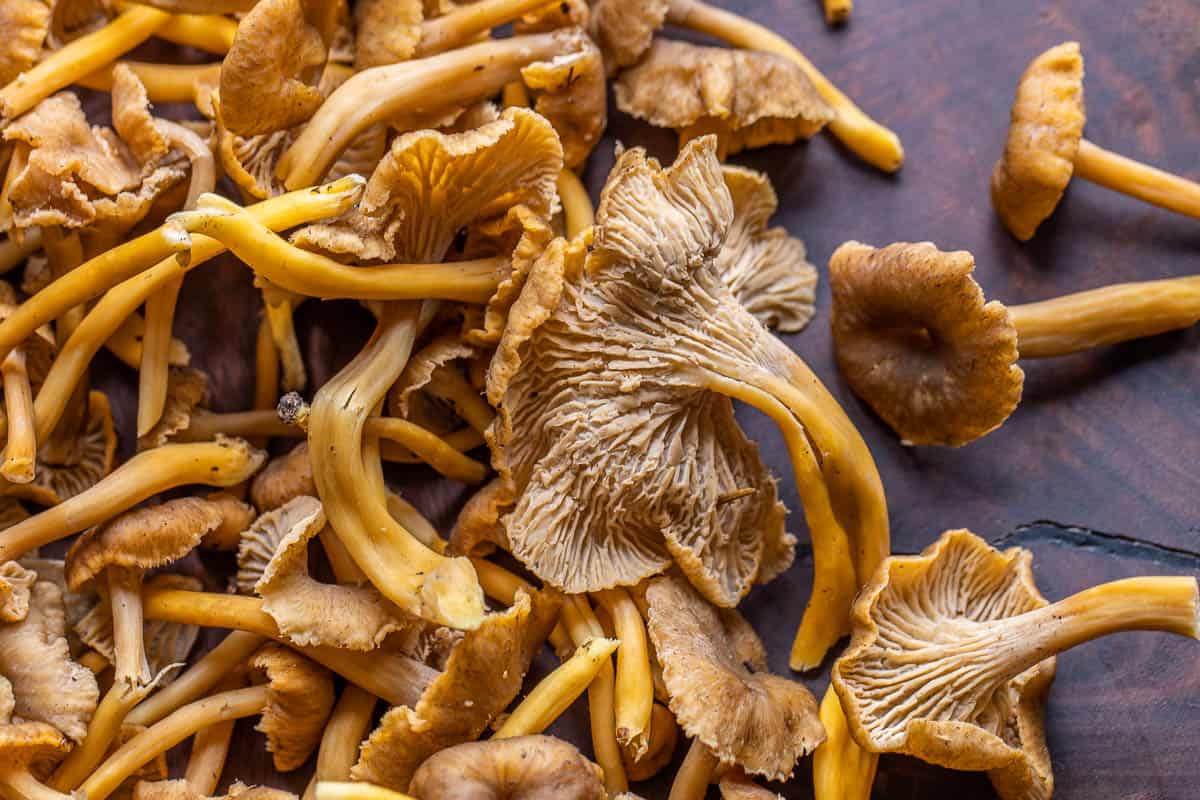
Yellowfoot chanterelles (Craterellus tubaeformis and others) are a smaller, lighter cousin to chanterelles. As the stem is hollow, they're a bit like a black trumpet crossed with a chanterelle without the deep ripe fruit aroma. They have a rich mushroom taste and are enjoyed around the world, especially in Scandinavia.
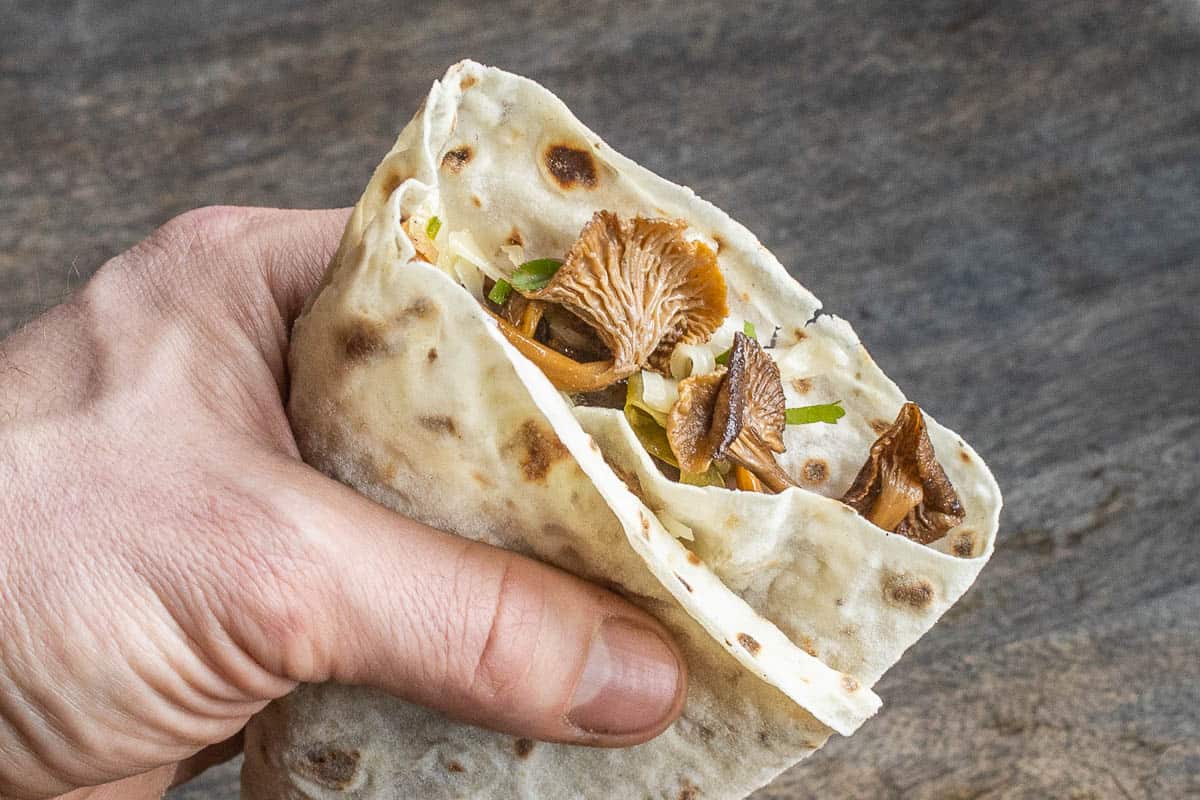
Since they're lightweight, they dry very well and are good added to soups and sauces, but are also good sauteed. My favorite recipe is inspired by a food truck in Sweden and mixed sauteed yellow foot mushrooms with sauerkraut and cheese into lefse like a cheesy mushroom burrito. See more on them in my guide post on yellowfeet.
Hedgehog Mushrooms
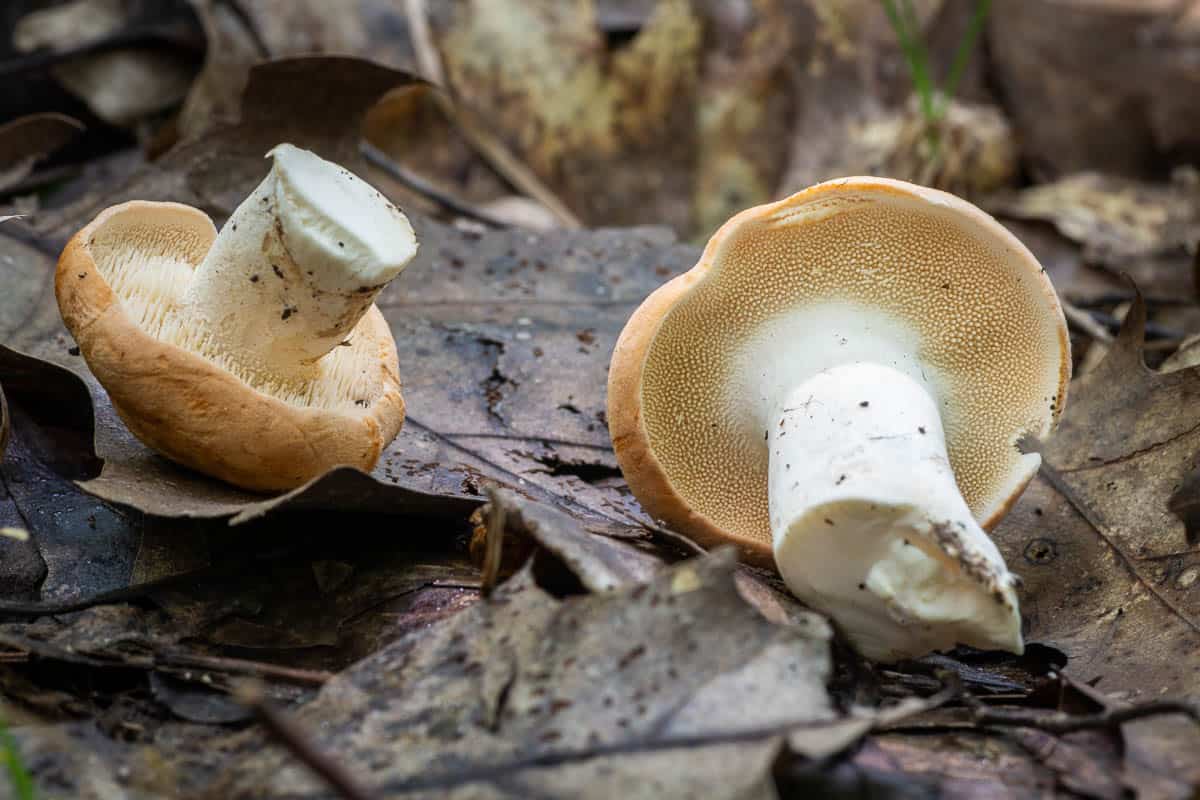
A cousin to chanterelles that don't get the attention they deserve, hedgehog mushrooms (Hydnum repandum and many others) have the same firm texture as golden chanterelles, but with a more meaty taste. They grow in the same places as chanterelles, and are often found together. With their savory taste, they're one of my favorite wild mushrooms for steak and side dishes. Small mushrooms are also great in soup.
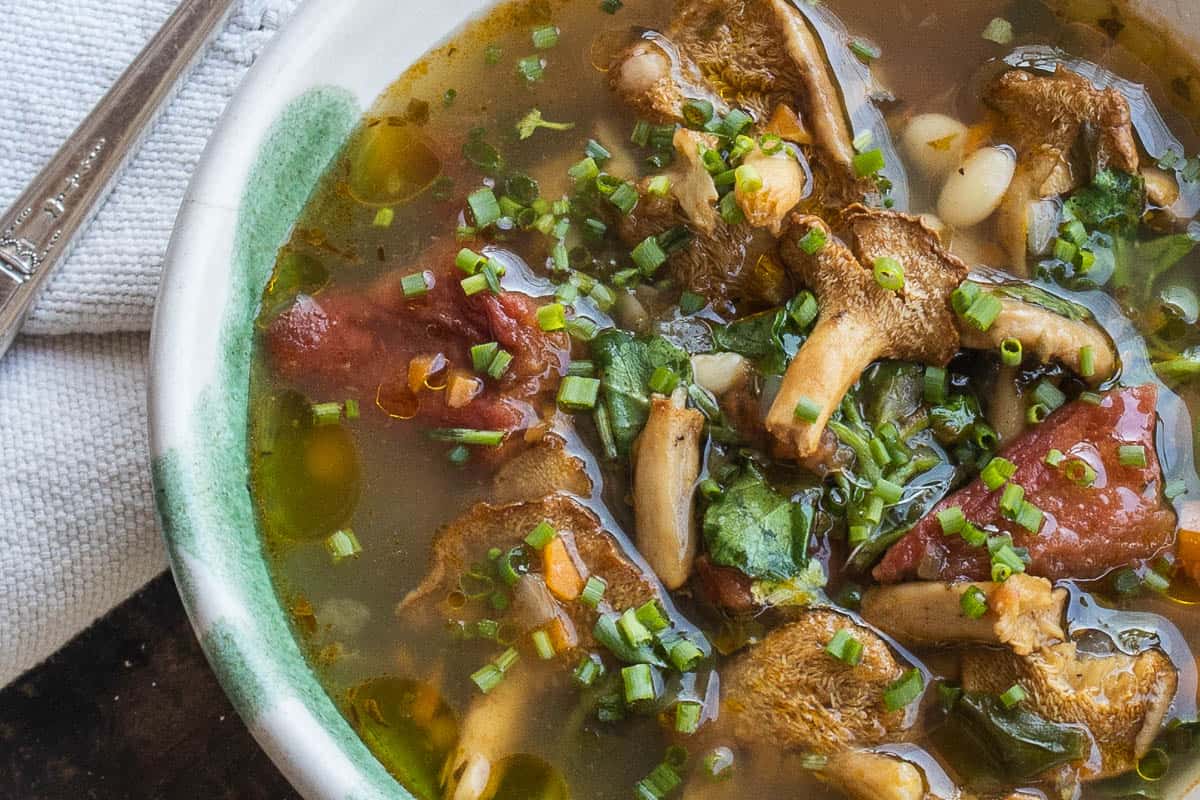
There's a few different species too. My favorite is the giant hedgehog, or (Hydnum albomagnum) that's so big it can be grilled like a piece of meat. The price of hedgehog mushrooms is usually less than golden chanterelles, and can range from $15-20 per pound. See more on them in my guide post on hedgehogs.
Beefsteak Mushrooms
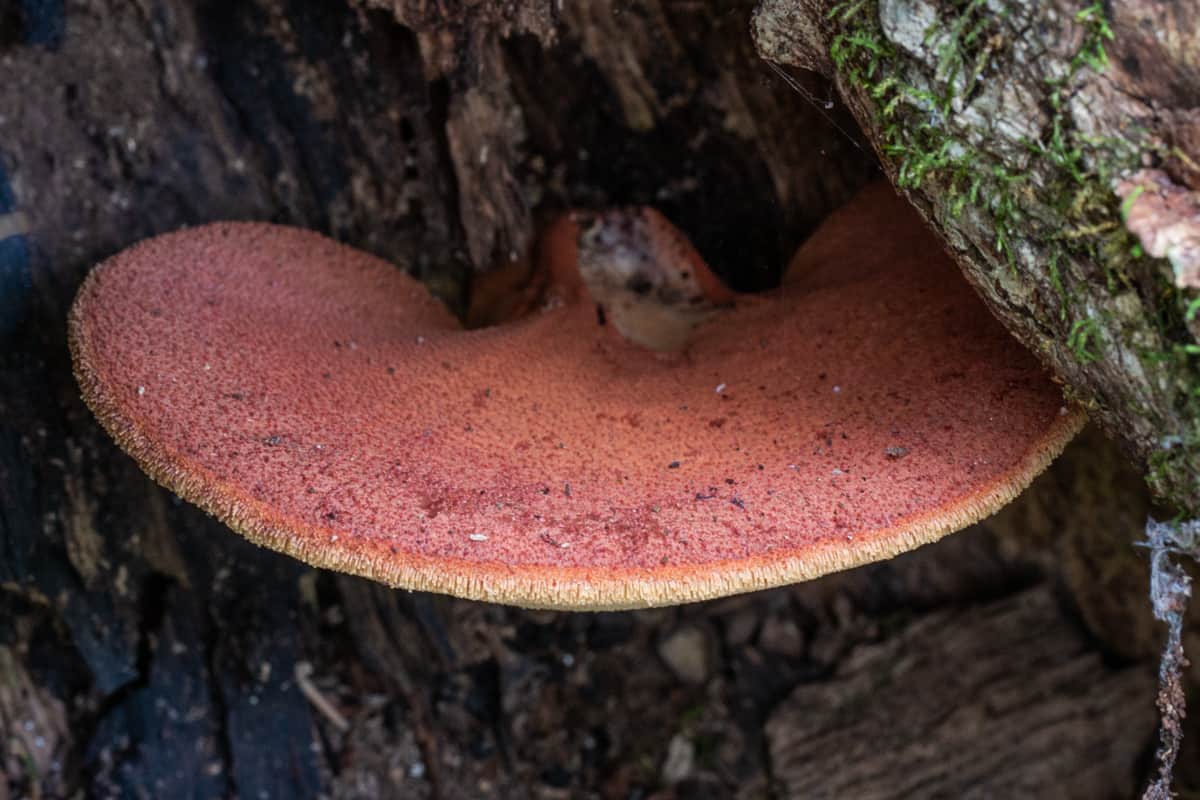
Beefsteak mushrooms (Fistulina hepatica) are a cousin to hen and chicken of the woods, and a parasite of oak trees where I live. Unlike the majority of wild mushrooms, these are best eaten raw, and have a very slight sour note to them.
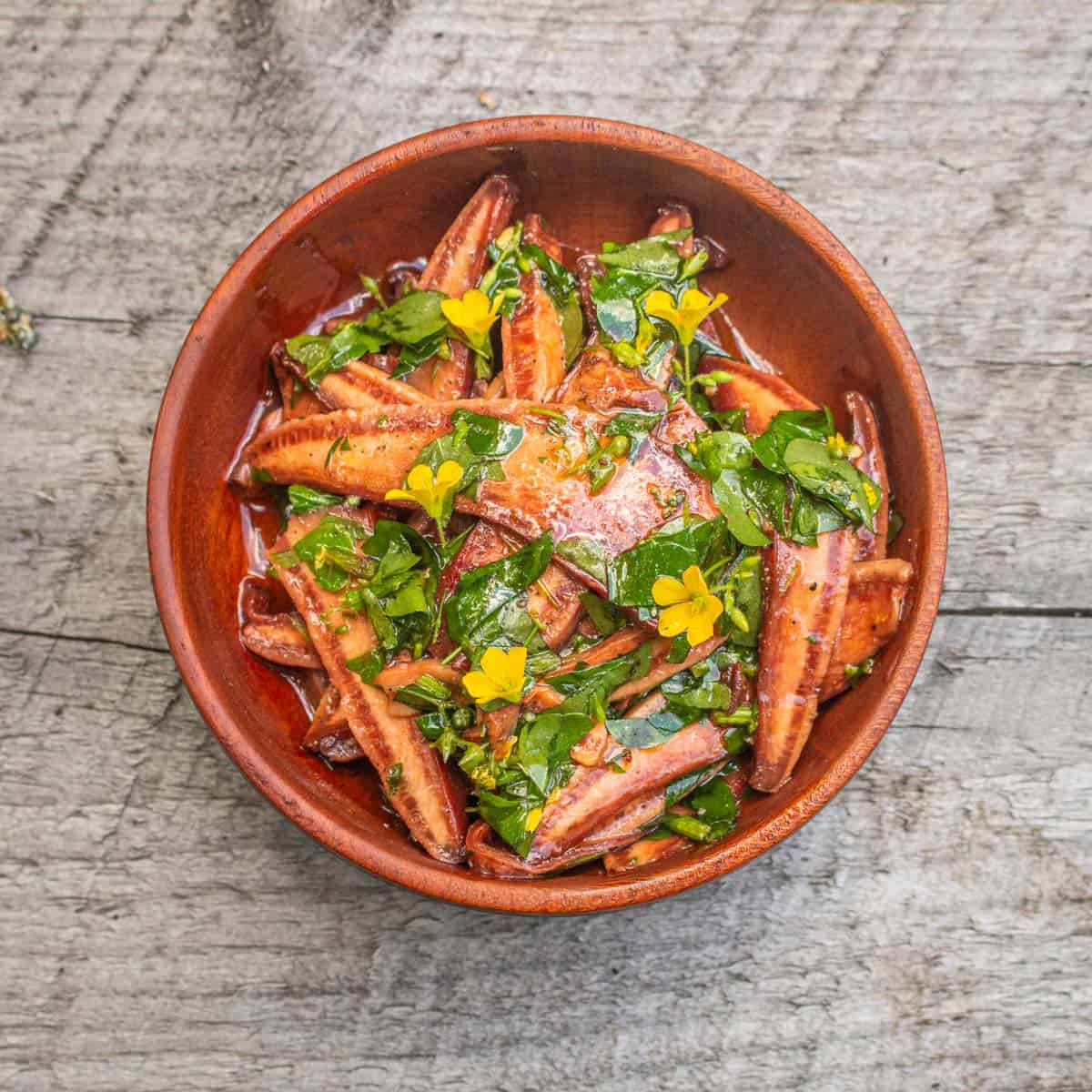
They're great seasoned with salt, oil and herbs and eaten as a side dish, or cut into slices and eaten with beef carpaccio. See more on them in my guide post on beefsteak mushrooms.
Blewits
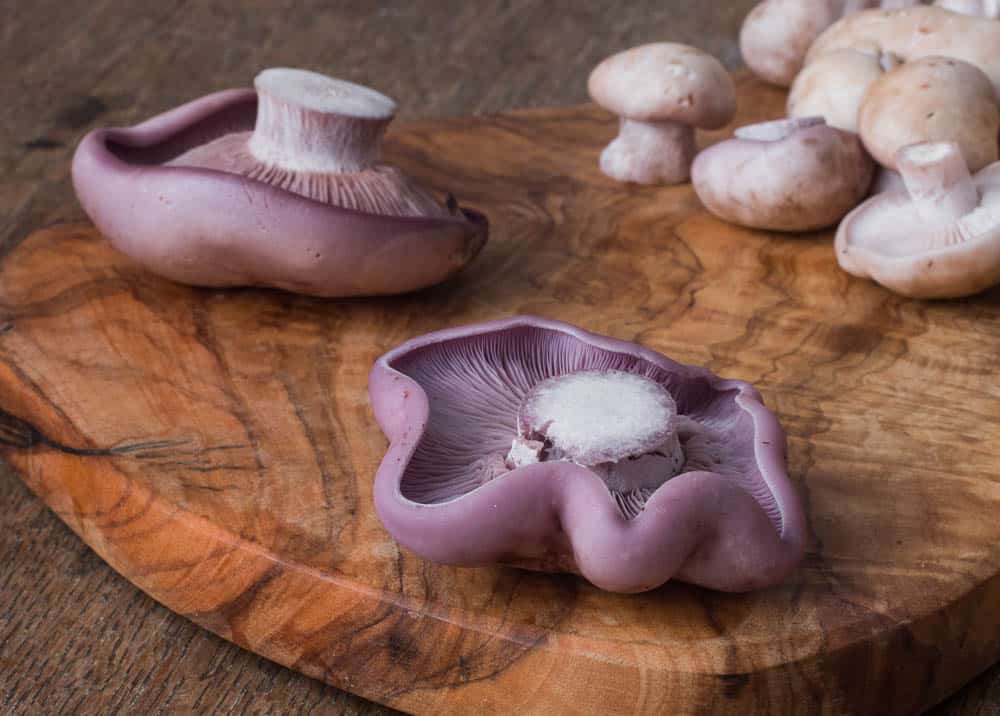
Also known as the wood blewit (Clitocybe nuda) these are one of the best fall mushrooms to forage and come out when the weather is cool, typically october where I live. There's also the field blewit (Lepista personata) that is often sold commercially. They love to grow in wood chips and piles of leaves or pine needles so they're also a good candidate for growing in your backyard.
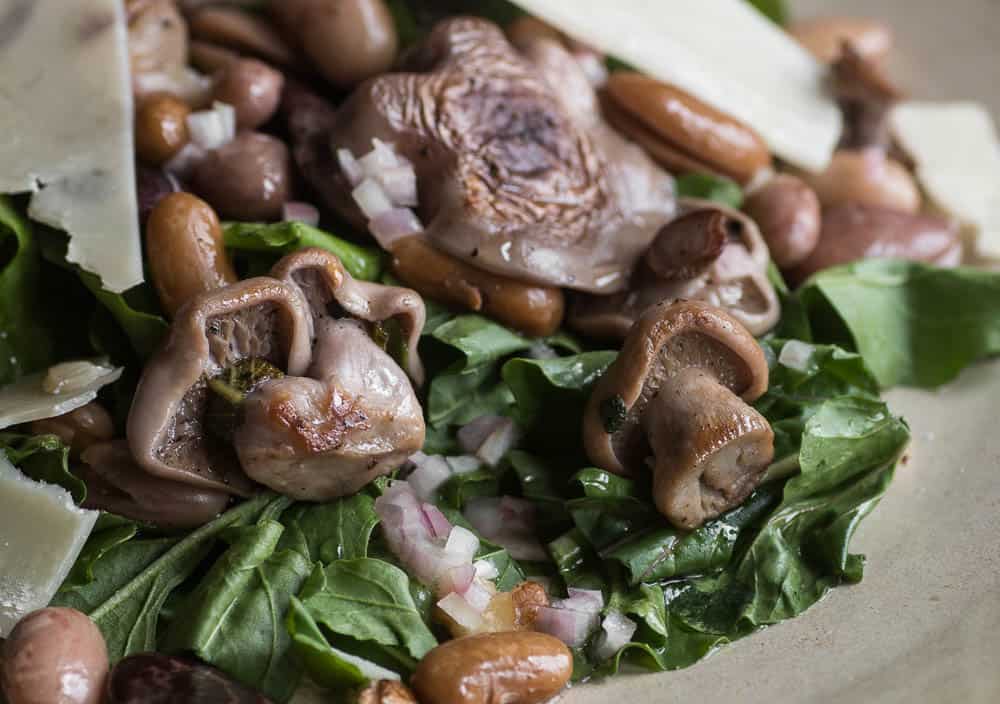
They have a dense, meaty texture and a fruity, floral aroma that some people compare to lilacs or frozen orange juice. You can use them in many different recipes, but identifying them can be confusing at first. I explain in detail how to identify them correctly in my guide post on Blewits.
King Bolete / Porcini
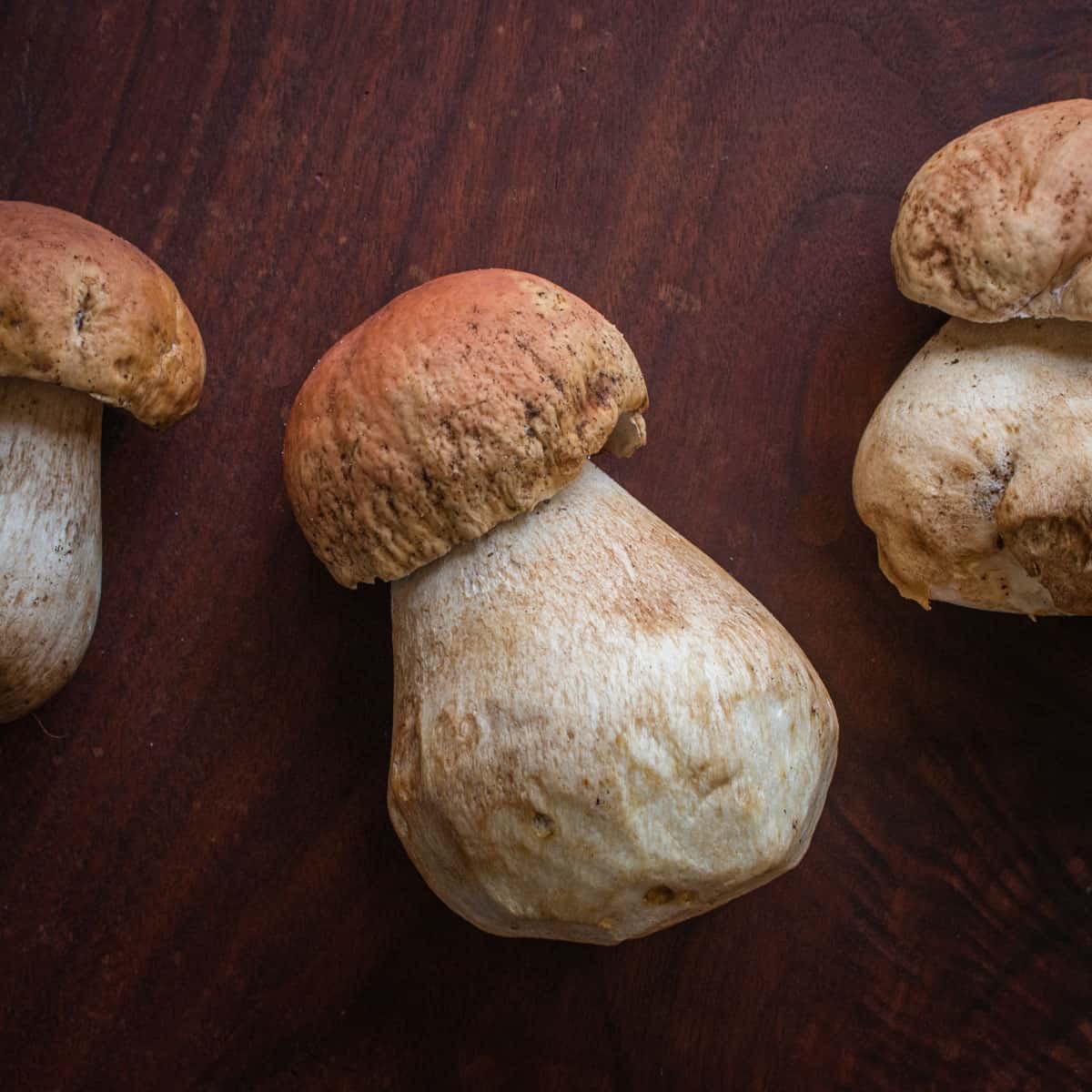
King boletes (Boletus edulis and others) are a group of many different mushrooms that might be called porcini, although Italian porcini are very different from those that grow in the United States.

Young and perfect these are one of the best mushrooms in the world. They're prone to having bugs, especially as they get older, so I typically dry or dehydrate most of mine. They'll add elegance to just about any recipe you have, but it's best to keep things simple. They can also be eaten raw, like they do in Italy. Learn more about hunting and cooking them in my guide post on king bolete / porcini.
Fairy Ring

Known in French as the mousseron, fairy ring mushrooms (Marasmius oreades) are a common yard mushroom. They can take a little time to get comfortable with, but they're delicious and have been enjoyed in Europe for a long time. They're small, but they make up for it with a delicious mushroom flavor. They also dehydrate very well.

These are great in soups and sauces, as well as in a simple bowl of pasta. See more on them, with tips for identifying them correctly in my guide post on fairy rings.
Golden Oyster Mushrooms
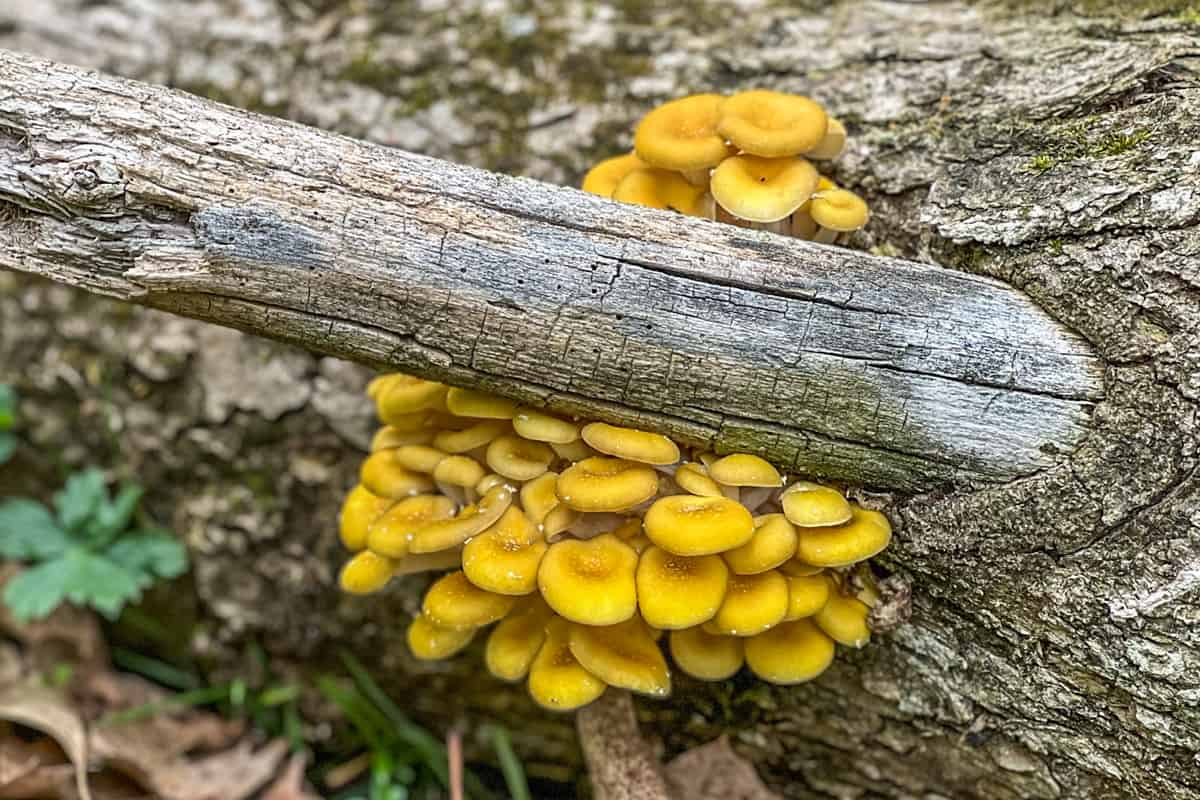
Golden oyster mushrooms (Pleurotus citrinopileatus) aren't native to North America, but they're making themselves at home after they escaped a mushroom lab in the Midwest. They're commonly found on dead elm trees in the spring. Sometimes I see them on cherry.
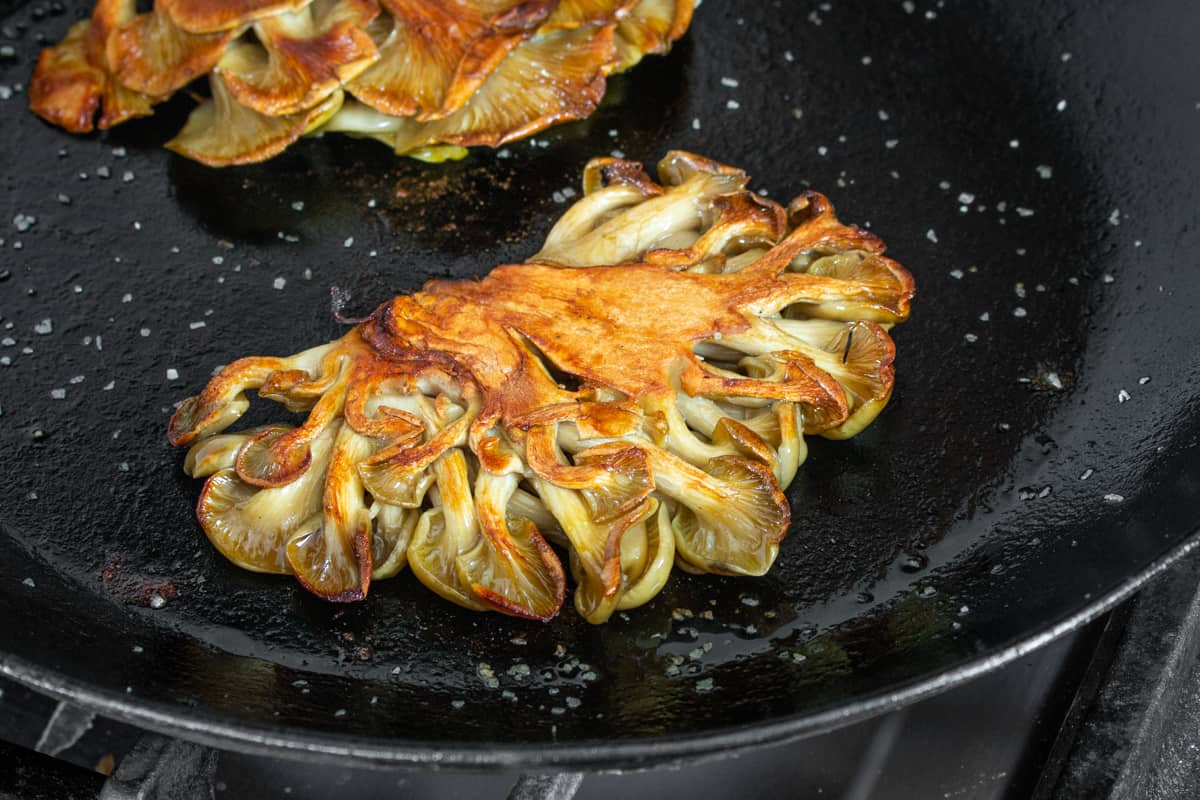
Unlike regular, native oyster mushrooms, these grow in incredible quantity, but are also prone to having bugs in them as they get older. One of the best things you can do with them is cooking whole clusters as wild mushroom "steaks".
Common Oyster Mushrooms
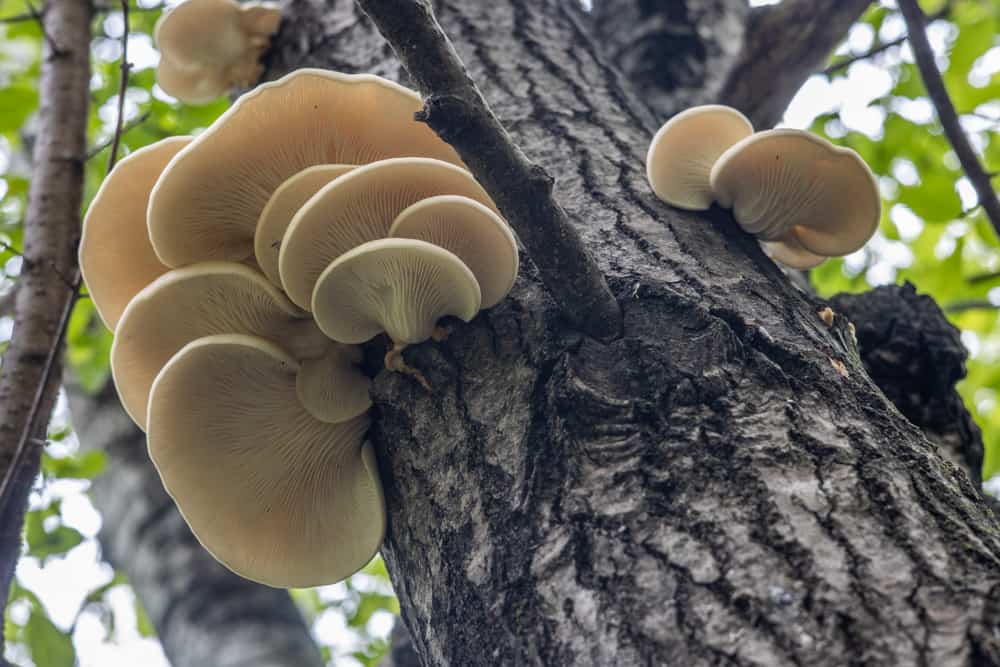
Wild oyster mushrooms (Pleurotus ostreatus and others) are very similar to the oyster mushrooms you'll see in a store. They're common in the spring where I live, and my favorite species are aspen oysters (Pleurotus populinus) that grow on dying aspen trees.
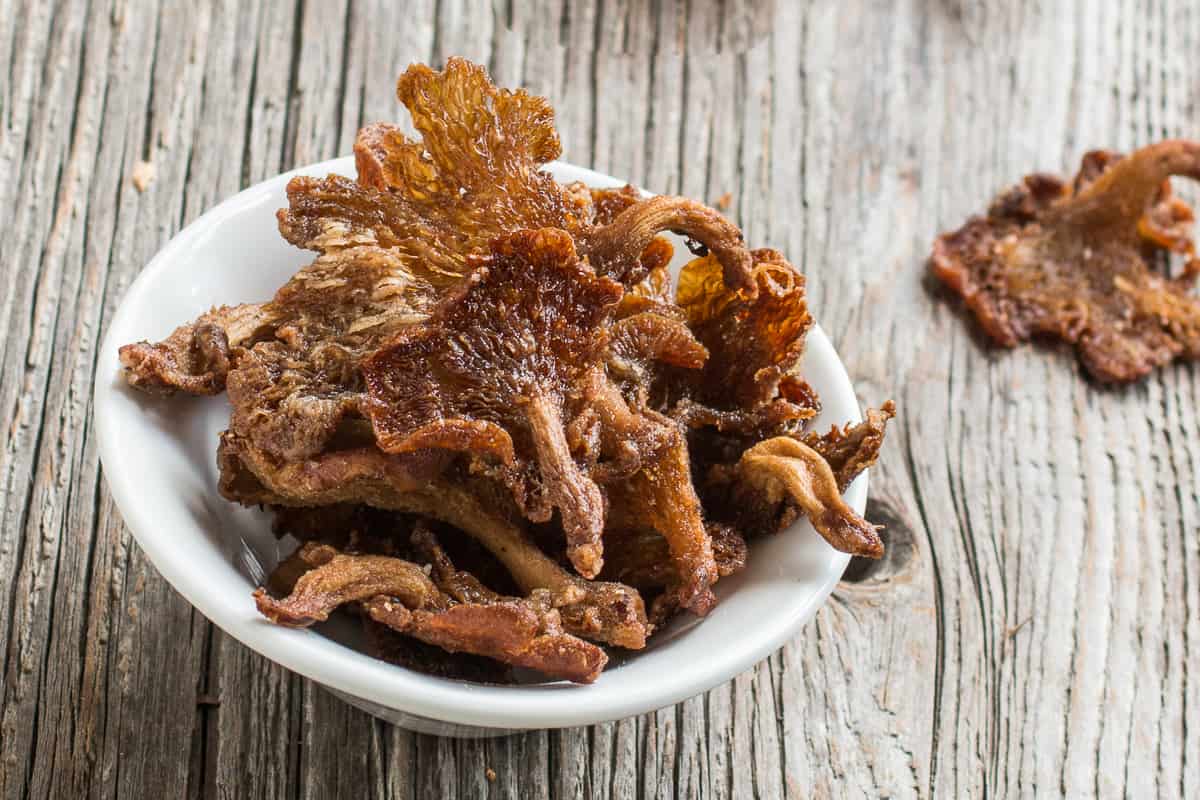
They have a noticeable anise or licorice smell that makes them easy to identify. You can use them in recipes for just about any mushroom, and they have a good, meaty texture and mild taste. Baked oyster mushroom "croutons" are one of my favorite recipes.
Pheasant Backs
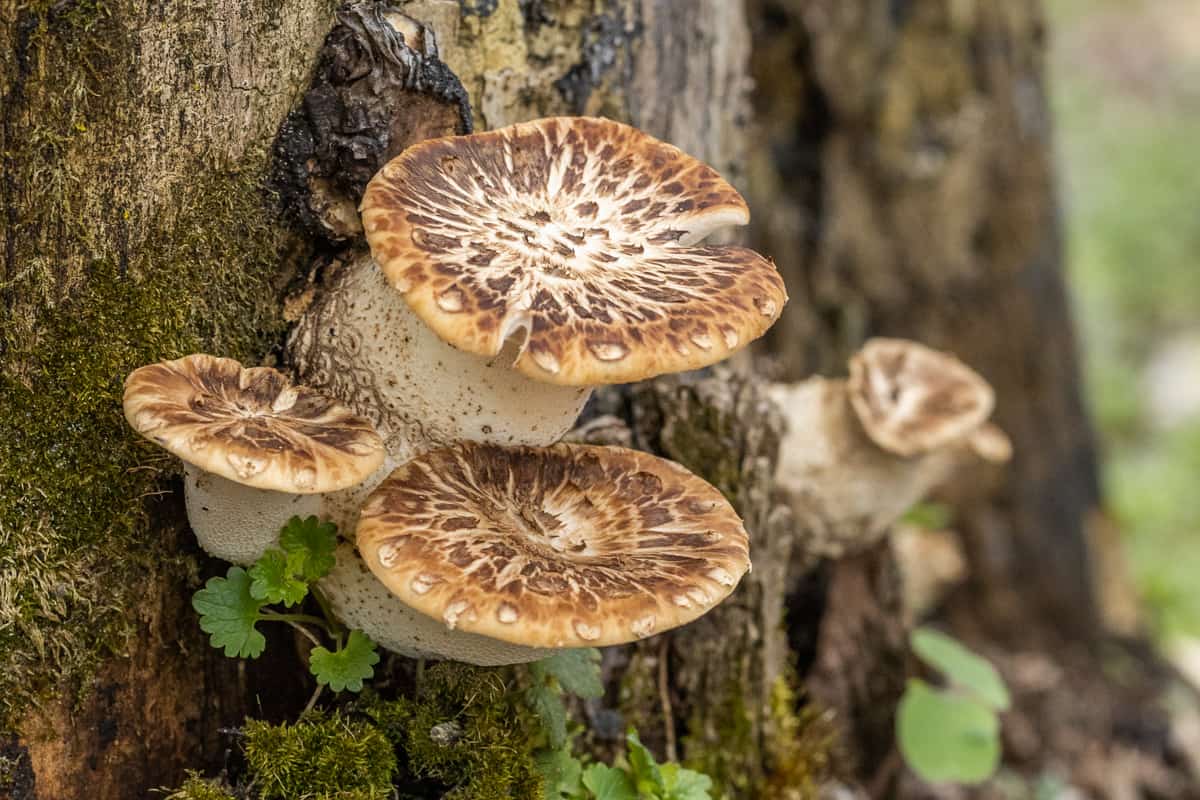
Pheasant backs, or dryad saddle mushrooms (Cerioporus squamosus) are one of the first mushrooms to come up in the spring. I often call them a "consolation prize" as I will harvest them if I can't find morels.
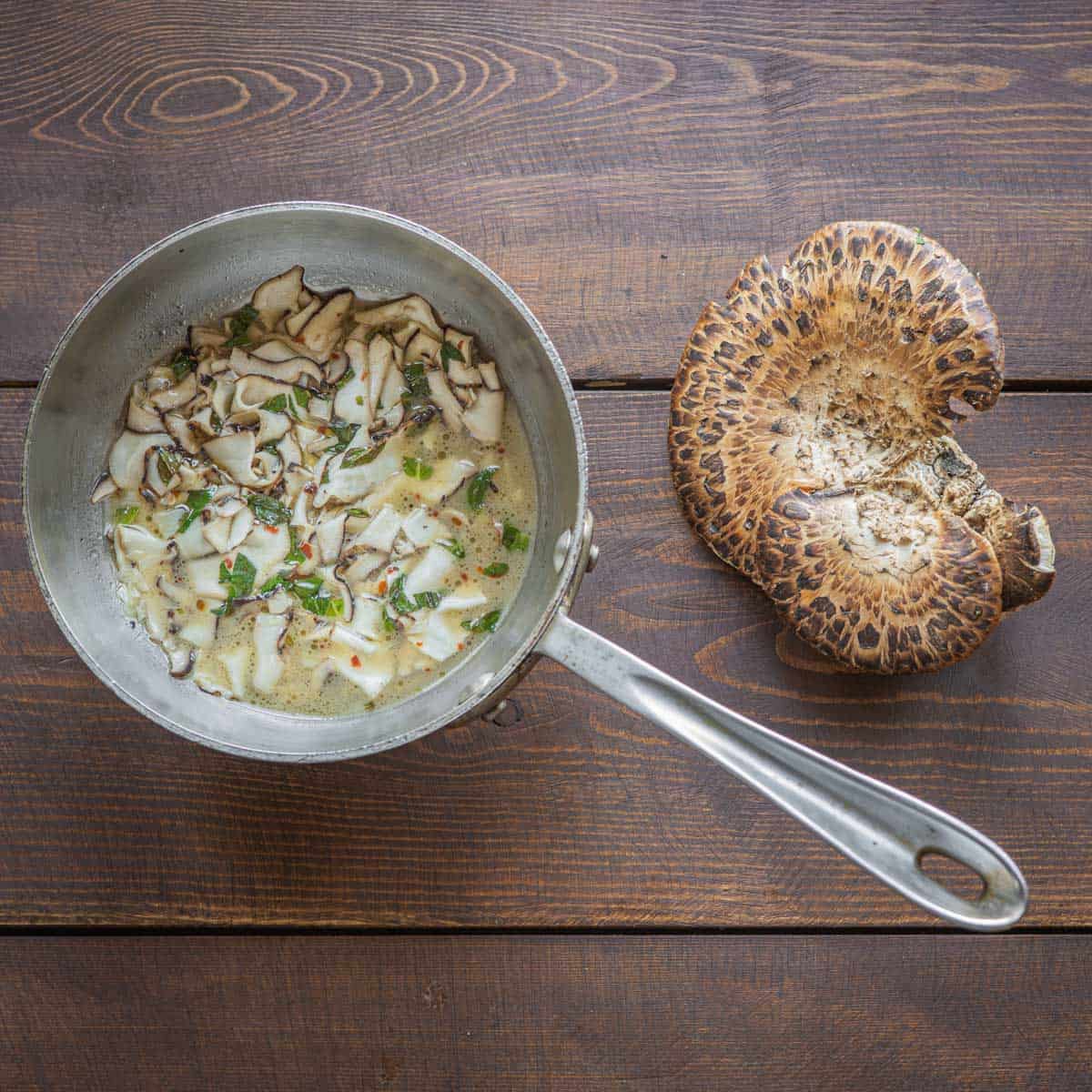
They can be a great mushroom, and have a unique aroma of cucumber or melon rind that mellows after cooking. A favorite reader recipe is my simple white wine pheasant backs. These are easy to find, but you need to know how to tell a tender one from a tough one. I explain in detail how to make the most out of them by shaving them on a mandoline slicer in my guide post on pheasant backs.
Shrimp of the Woods
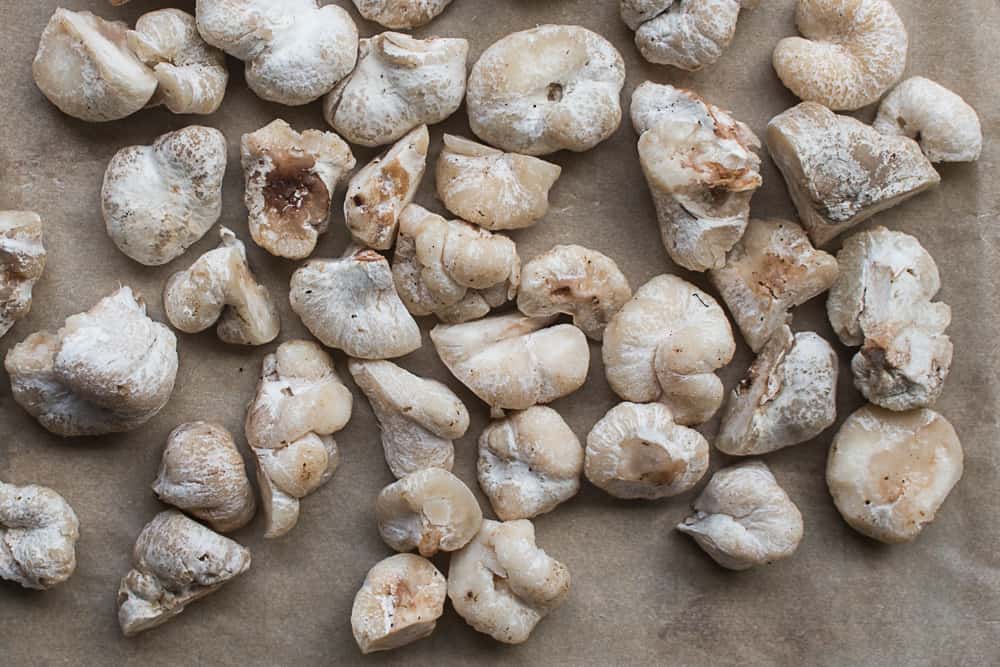
The shrimp of the woods or aborted entoloma (Entoloma abortivum) are a common mushroom of the Eastern United states. They're essentially a mushroom that gets deformed from an interaction with honey mushrooms. The exact relationship and cause of the deformation isn't exactly clear. Either way, they're easy to identify and have a mild, pleasant taste.
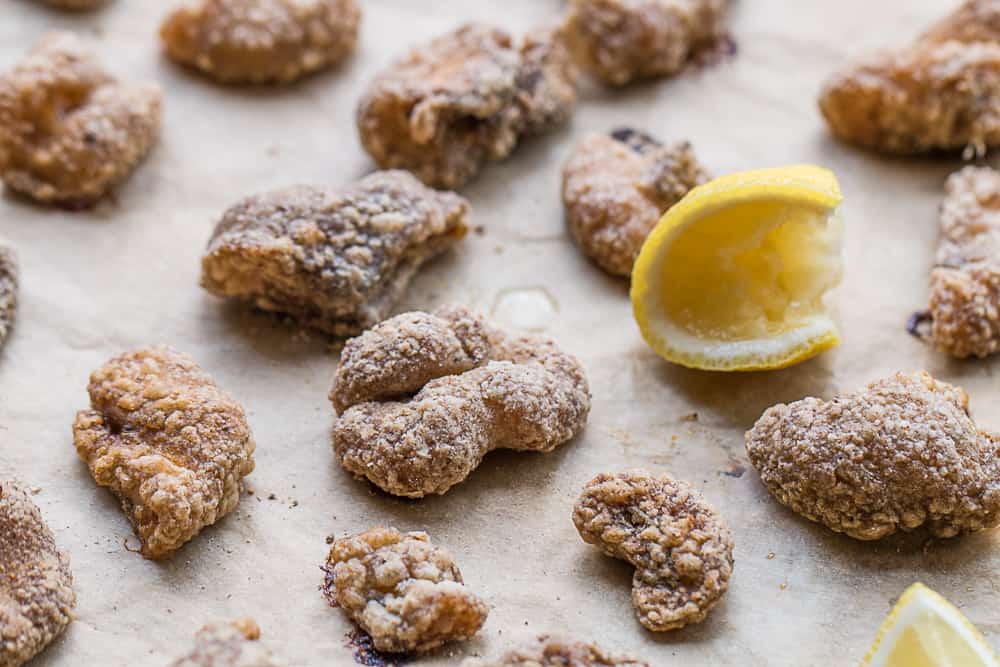
They can also be harvested in large quantities during their season in the fall. They don't have a rich taste like chanterelles and some others, so they need some special treatment. Baked crisp with old bay and lemon is one of my favorites. I explain how to get the best out of them in my guide post on shrimp of the woods.
Matsutake
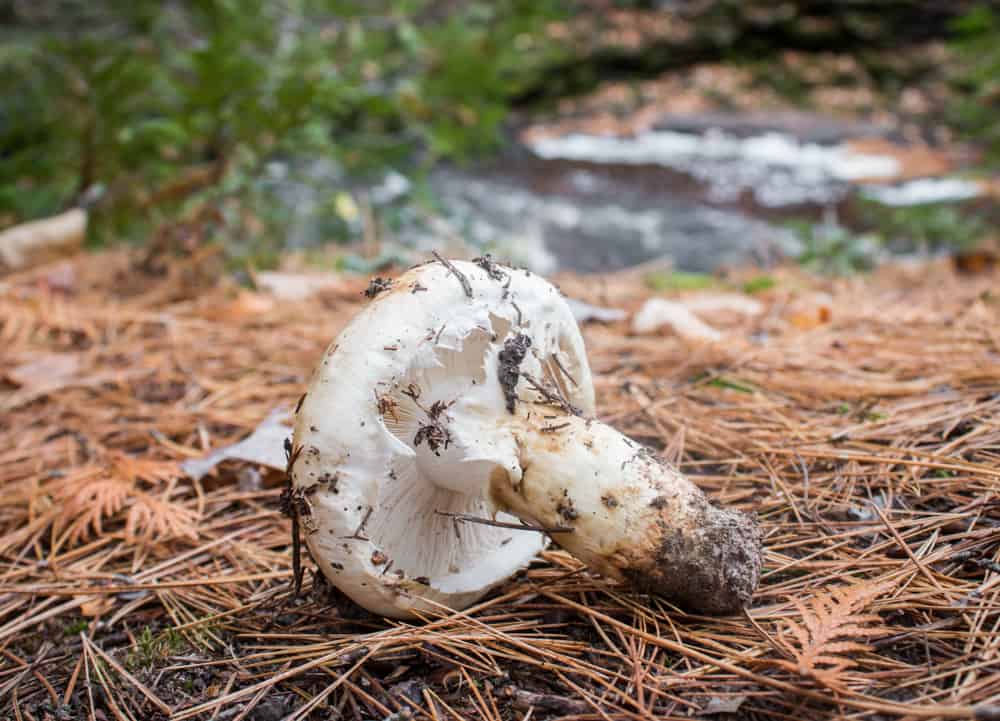
Matsutake are one of the most unique and prized mushrooms in the world. They're without a doubt the most well-known mushroom in traditional Japanese cuisine. They have a flavor like no other mushroom, and the aroma and taste have been compared to red hots and dirty socks, or the aroma of pine soil.
Where I live these are very difficult to hunt, but they can be found occasionally in red pine stands in the fall in Northern Wisconsin, Minnesota, and Michigan.
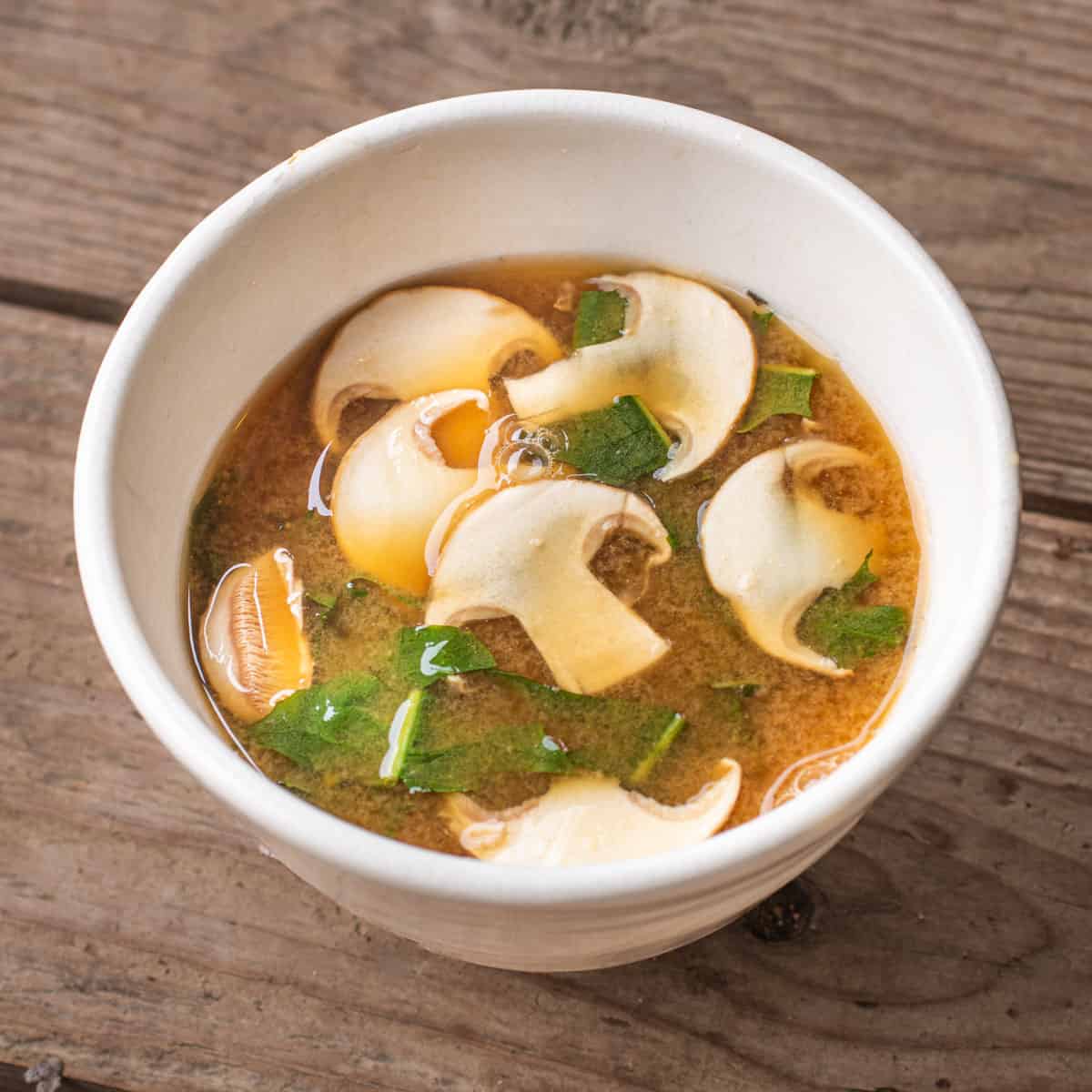
They're harvested commercially in the Pacific Northwest, and matsutake prices range from $20-40 per pound depending on the grade or age. Traditional Japanese recipes for matsutake are my favorite. Unlike other mushrooms, they don't like butter, cream or dairy. See more on them in my guide post on Matsutake.
Coral Mushrooms
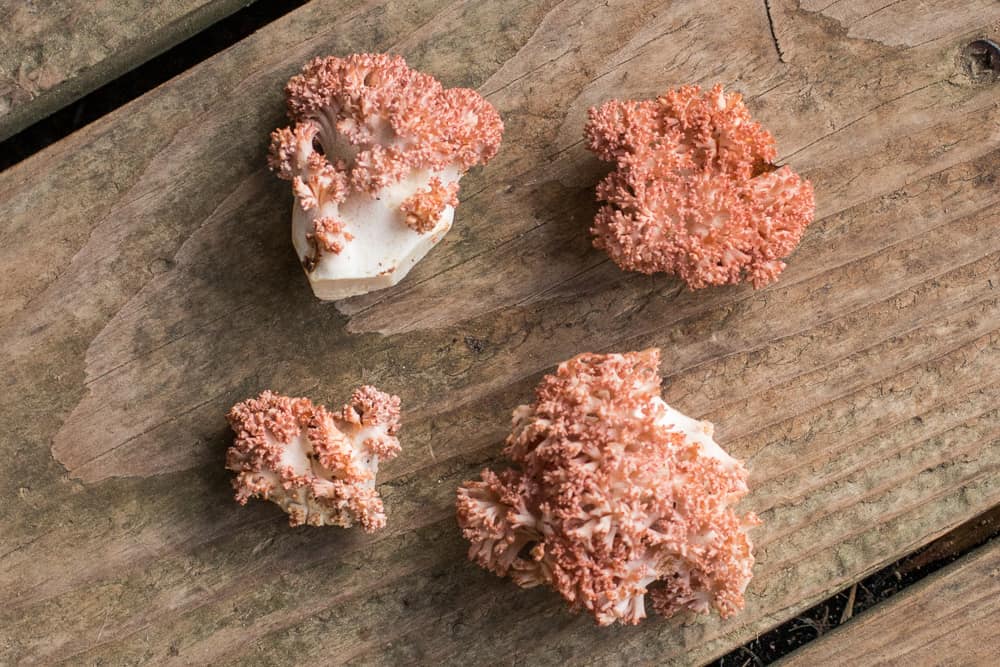
Coral mushrooms (Ramaria) are a fall and late summer mushroom where I live. There are many species, and some of them can make people sick if not prepared correctly. Even so, these are harvested and sold in South America and many people eat them. The only true coral mushrooms I eat are Ramaria botrytis.
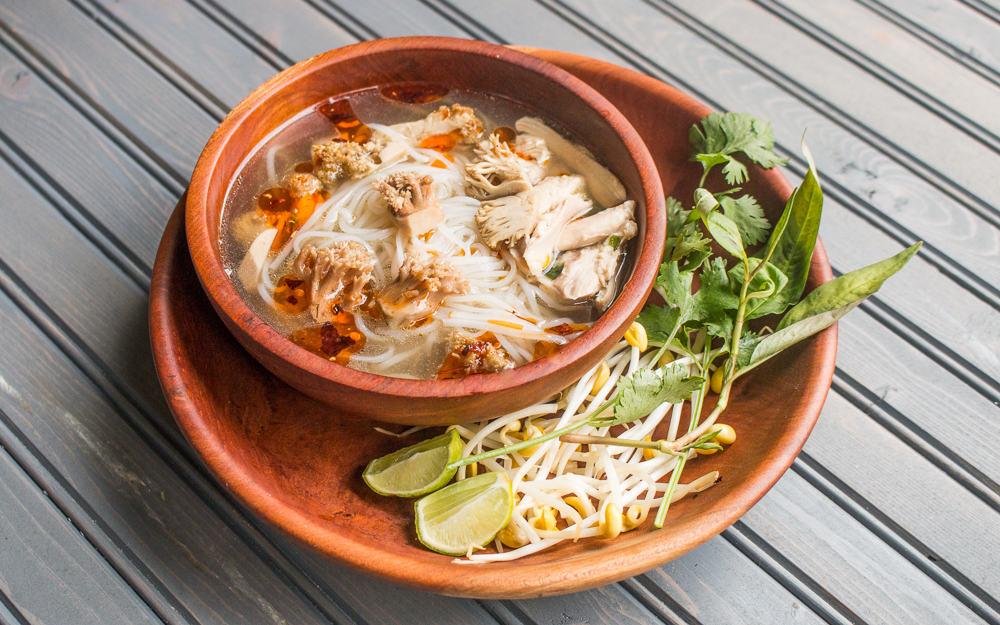
They have a great meaty texture and mild flavor, and can be found in large quantities during their season in the right place. You can cook them in just about any recipe, but they must be cooked thoroughly. Learn more about coral mushrooms in general in my post on eating ramaria or coral mushrooms.
Cauliflower Mushrooms
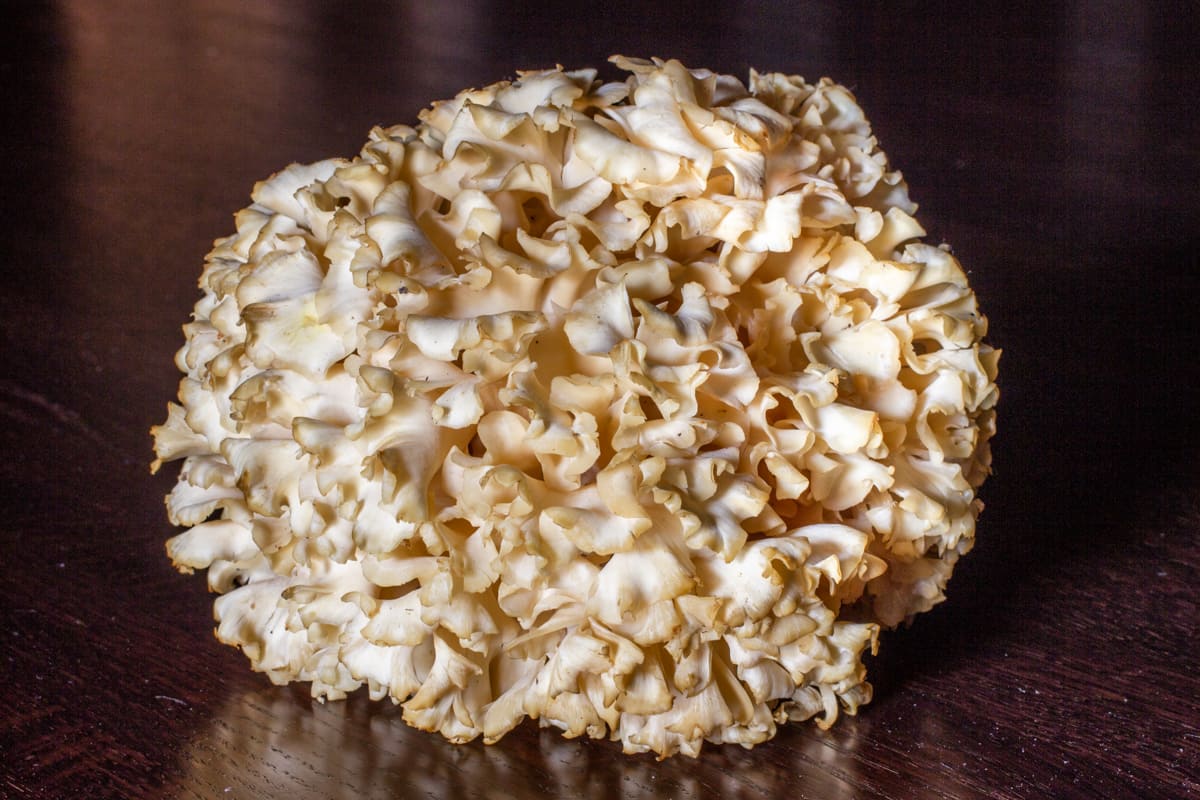
Cauliflower mushrooms (Sparassis crispa and others) are polypores like hen and chicken of the woods. They have a delicate structure, and after cooking their texture that might remind you of noodles. Most of them grow with conifers in the Pacific Northwest, during the fall but there are other varieties in the Eastern United States too.
These are delicious mushrooms anyone will like, with a mild, mellow mushroom flavor. Simple preparations are good with them. One of my favorites is mixing them with farfalle noodles with the mushrooms cut into a similar shape.
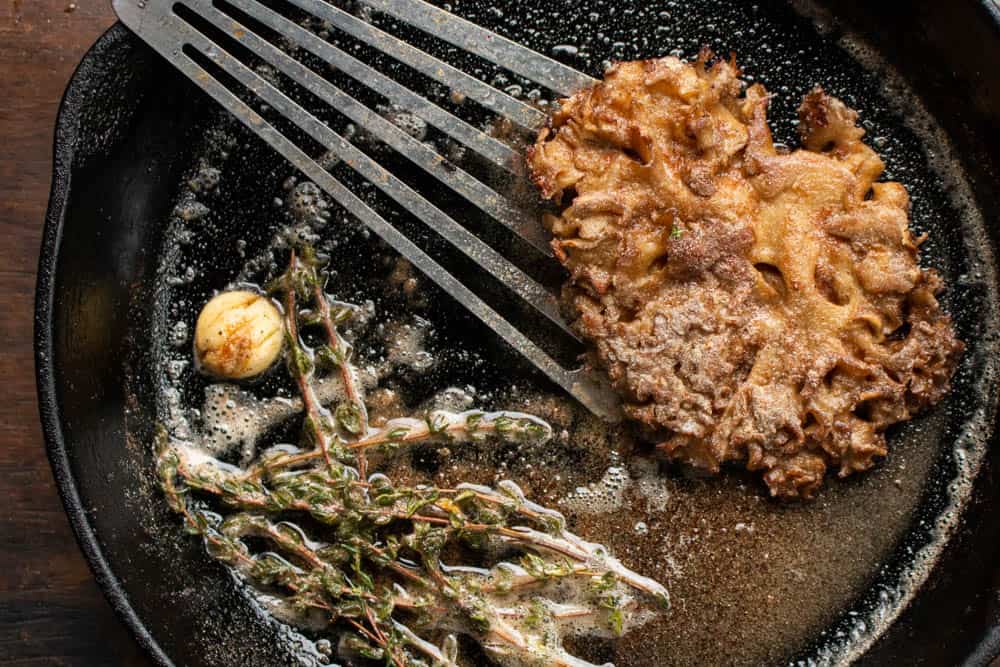
If you find a big one, make sure to try my method for double-cooking them to make cauliflower mushroom steaks. There's a lot more information on them in my longer post on cauliflower mushrooms.
Saffron Milk Caps
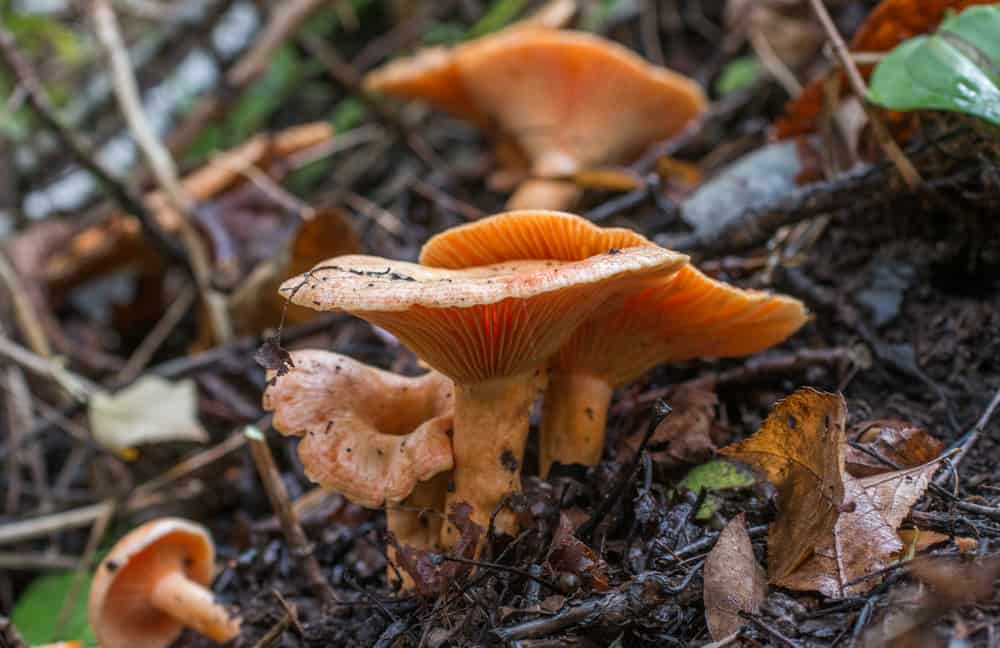
Saffron milk caps (Lactarius deliciosus and others) are a brilliant, beautiful orange mushroom that grows around the world. They're probably appreciated the most in Spain where they're known as the rovellon or niscalo. These grow in pine forests in the fall when the weather gets cool and often hide under pine needles.
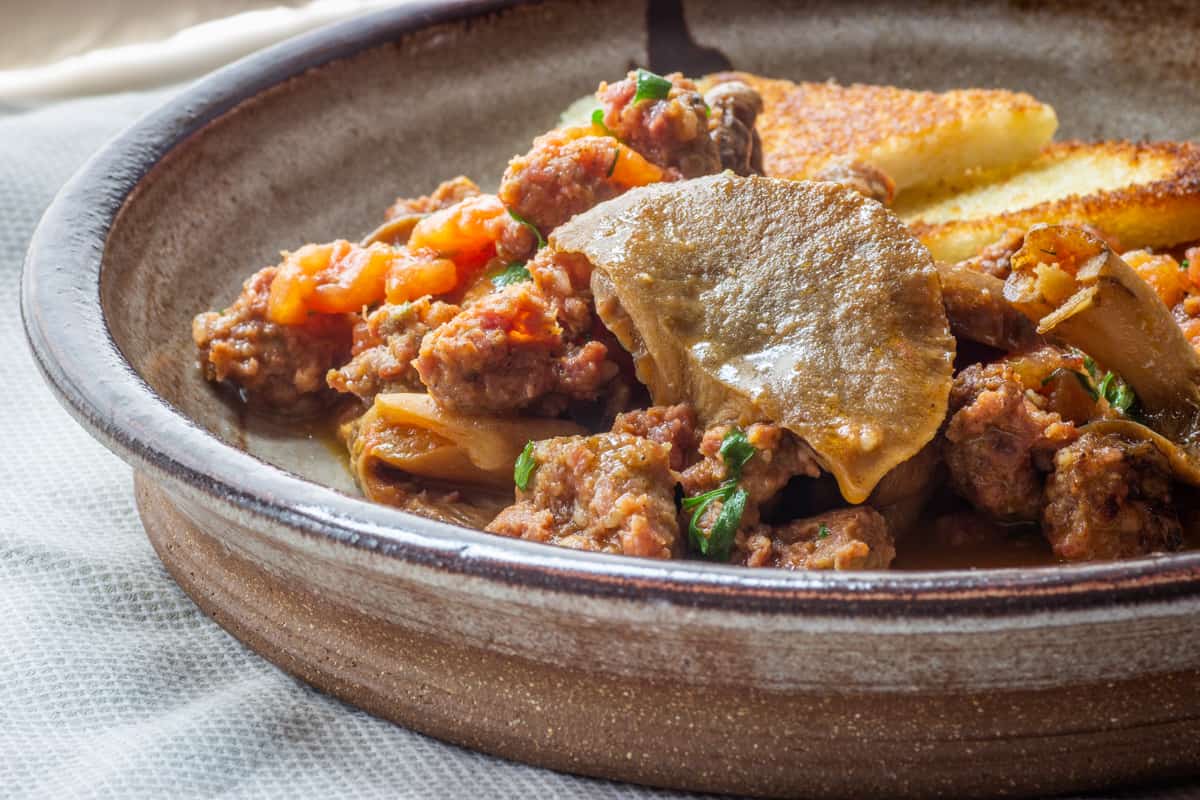
They're delicious when young and free of bugs. One of the most famous recipes for saffron milk caps is niscalos a la plancha: cooked on a griddle and sprinkled with chopped garlic and parsley. My favorite recipe is a traditional Catalan dish made with mushrooms and sausage. See more on them in my guide post on saffron milkcaps.
Indigo Milk Caps
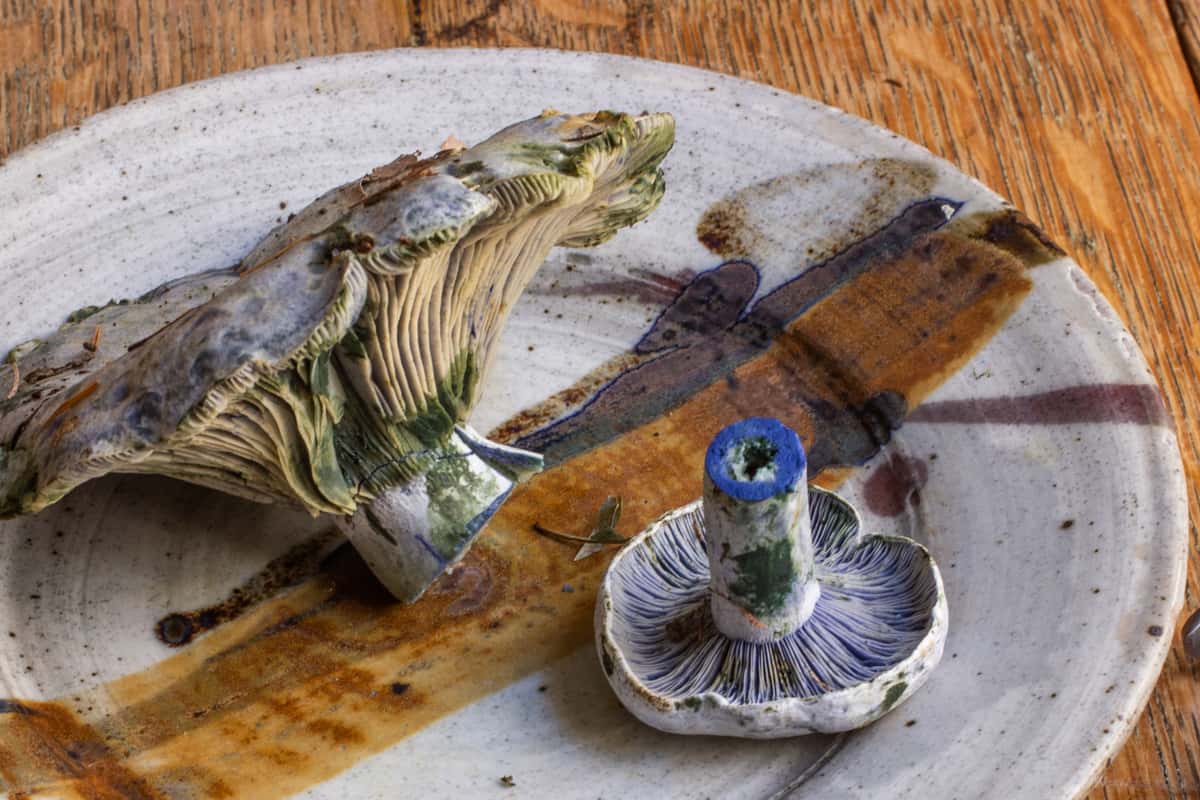
With their brilliant neon-blue color indigo milk caps (Lactarius indigo) are one of the most striking and easily identified wild mushrooms.
I don't think they're quite as good as saffron milk caps, but they make a colorful addition to mushroom dishes, especially pickles, which will keep their intense blue color.
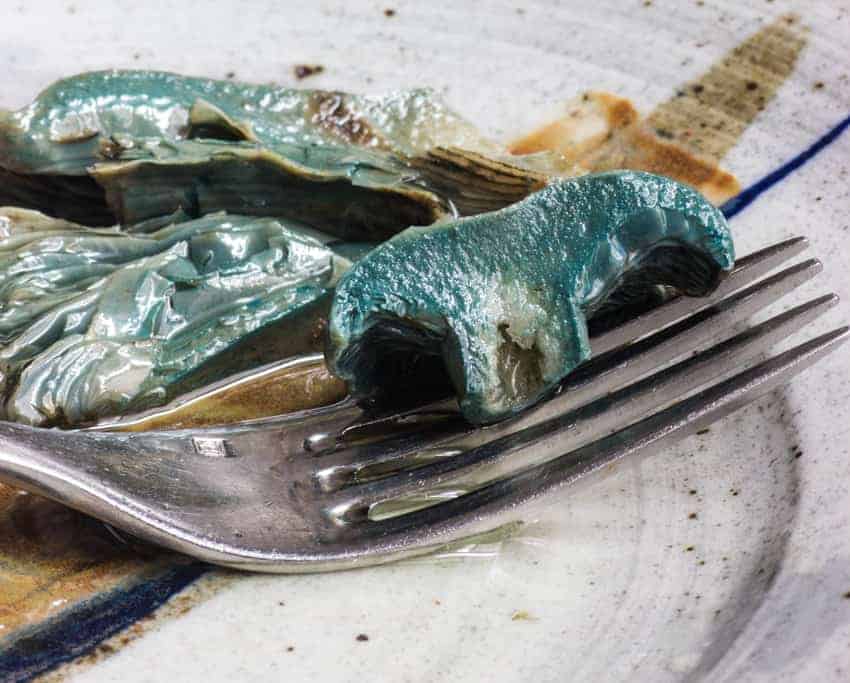
You can also sauté them or cook as you would saffron milk caps. See more on them in my guide post on indigo milk caps.
Quilted Green Russula
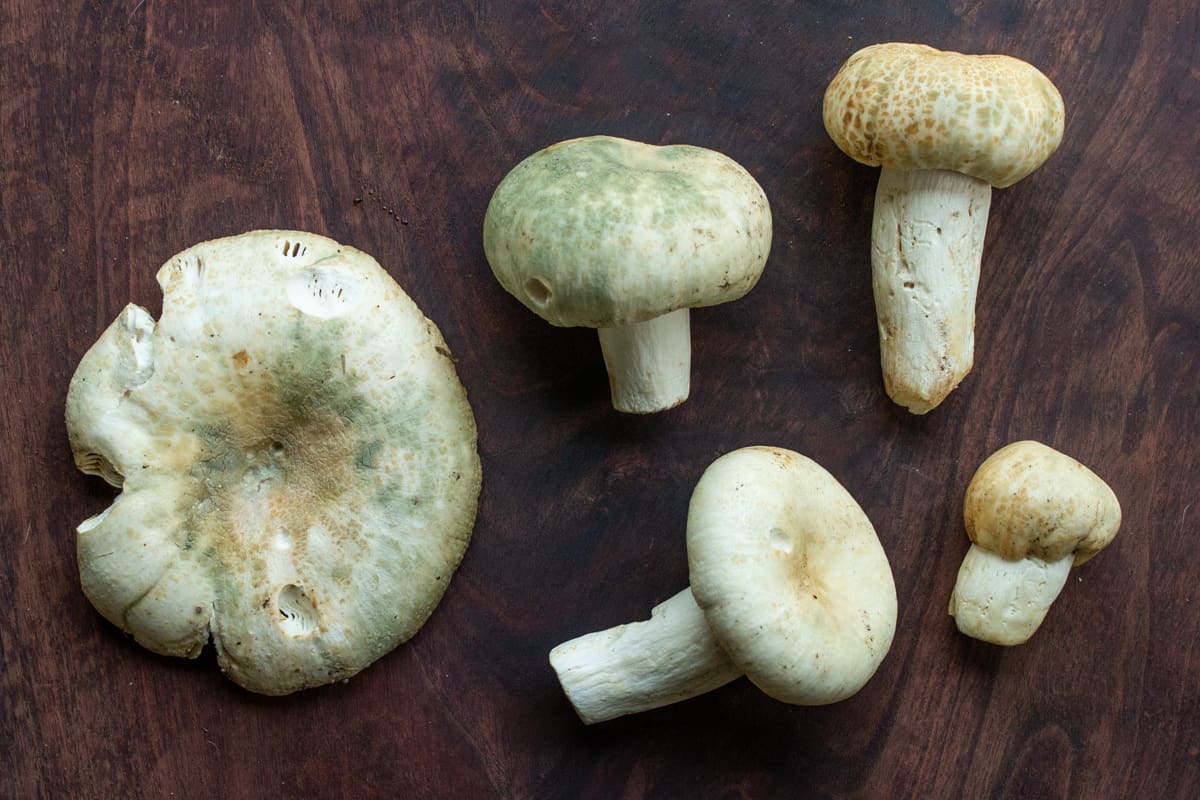
Quilted green russulas (Russula paro-virescens and others) are enjoyed in Europe, and are a good mushroom for the table when young and bug free. Unlike most of their cousins in the same genus, they're easy to identify from the cracked or "quilted" look on their cap. They have a nice mild mushroom taste and can be used in any of your favorite mushroom recipes.

I like to remove the stems and cook the caps whole, or cut into quarters. They're great in a saute or a mix like the classic wild mushrooms with garlic and parsley.
Puffballs
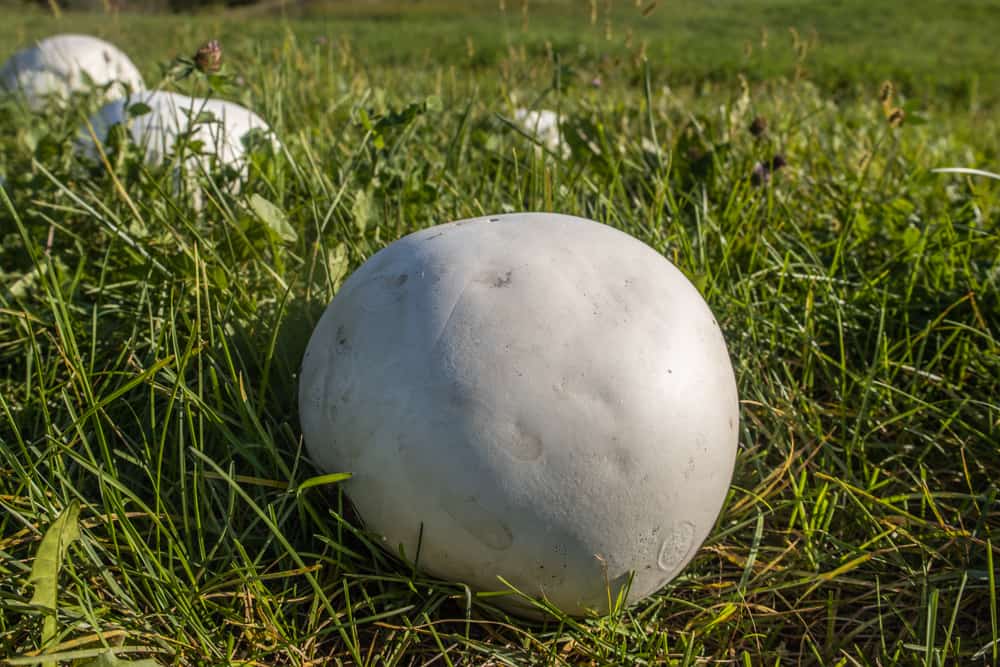
Giant puffball mushrooms (Calvatia gigantea and others) are a common sight in fields and woods in the Midwest where I live. They can grow to be massive in size, but should be harvested young before the bugs get to them.
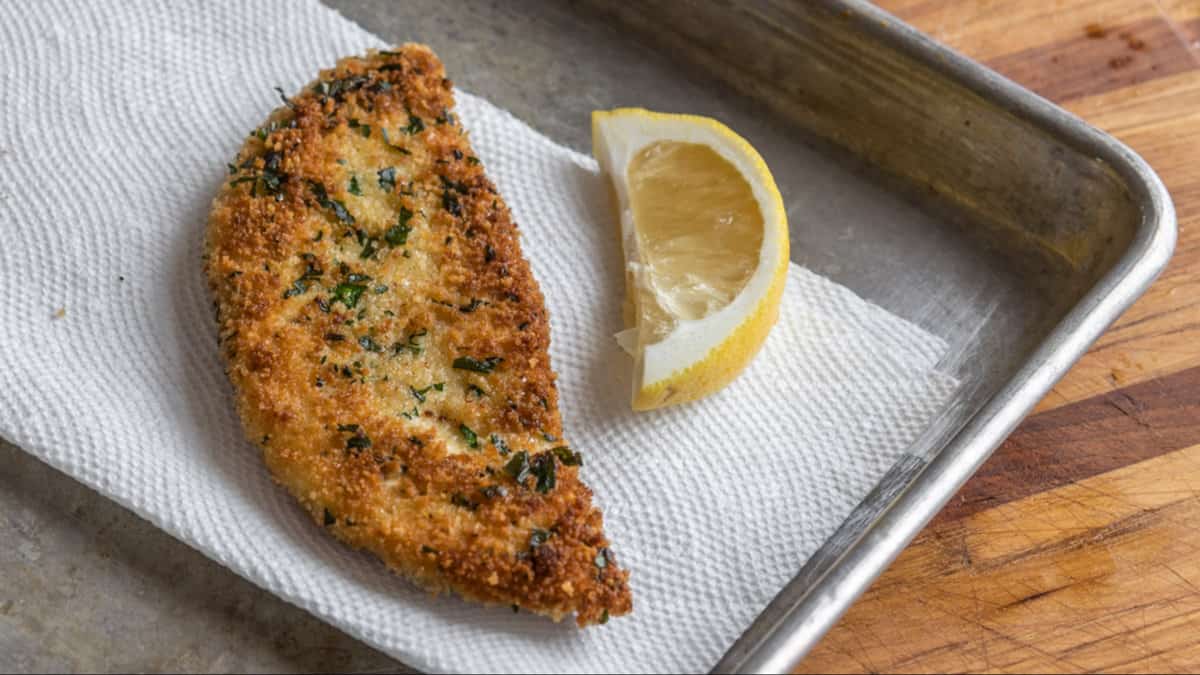
They have a pleasant, mild mushroom flavor, but some people don't care for their soft texture. You can use puffballs in lots of different mushroom recipes, and I have a big selection of them. Classic fried puffballs and puffball mushroom parmesan are two easy crowd-favorites. See more on them in my guide post on puffball mushrooms.
Honey Mushrooms
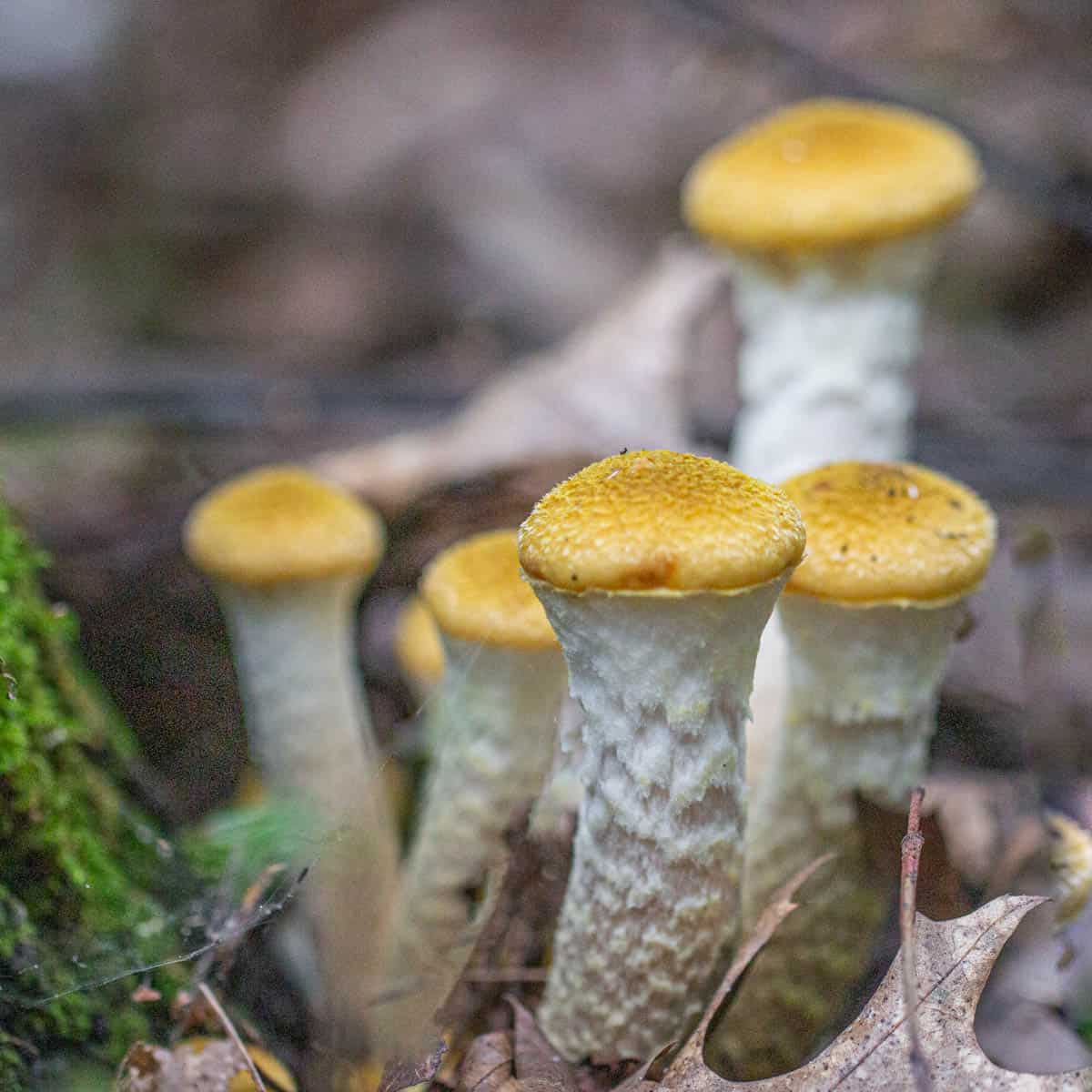
Honey mushrooms are prized in Europe, especially in Eastern Europe and Russia, but they're beginning to be popular in the United States. These are a parasite of trees (typically oaks where I live) and can cause damage in forests where they're established.
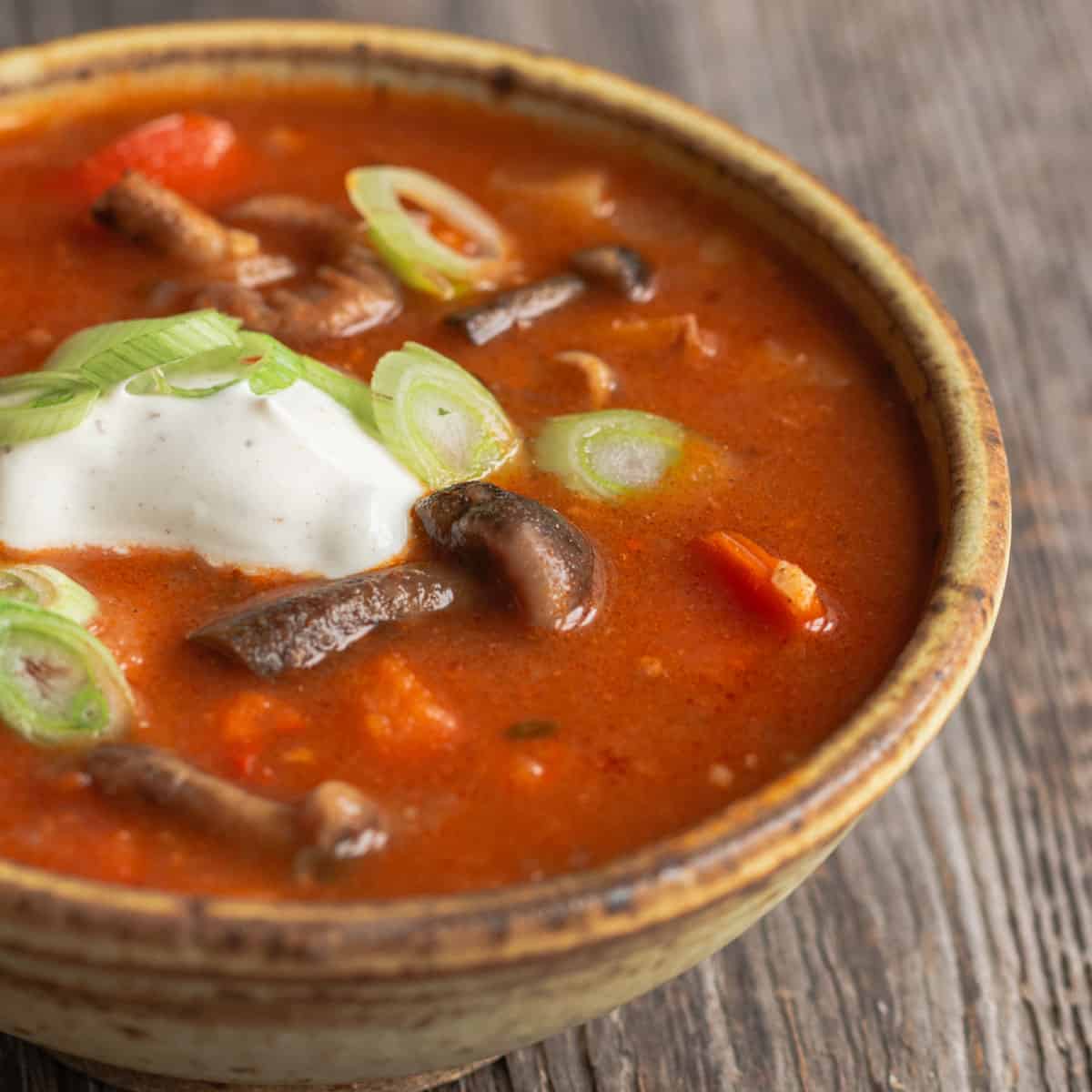
These are relatively easy to identify once you get to know them, but you do need to know how to identify them to rule out Galerina marginata, which is deadly. Honey mushrooms also need thorough cooking to be safe to eat. When prepared correctly, they're a safe, delicious mushroom. See more on them in my guide post on honey mushrooms.
Candy Caps
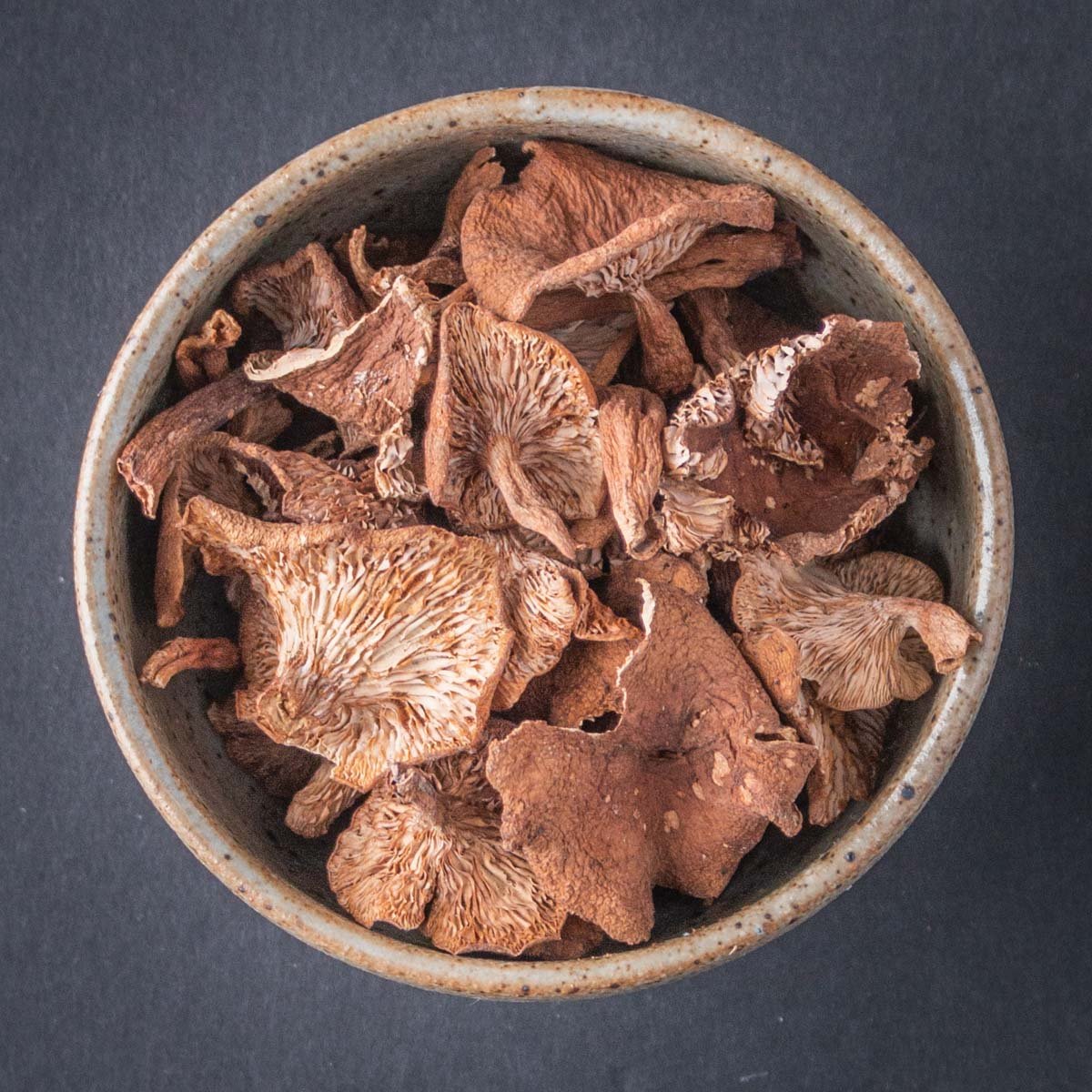
Candy cap mushrooms (Lactarius rubidus and others) are unique in the fungal world as they're the only mushroom I exclusively use in desserts. They have an intense aroma of maple syrup, and can be used to make everything from caramels to ice cream.
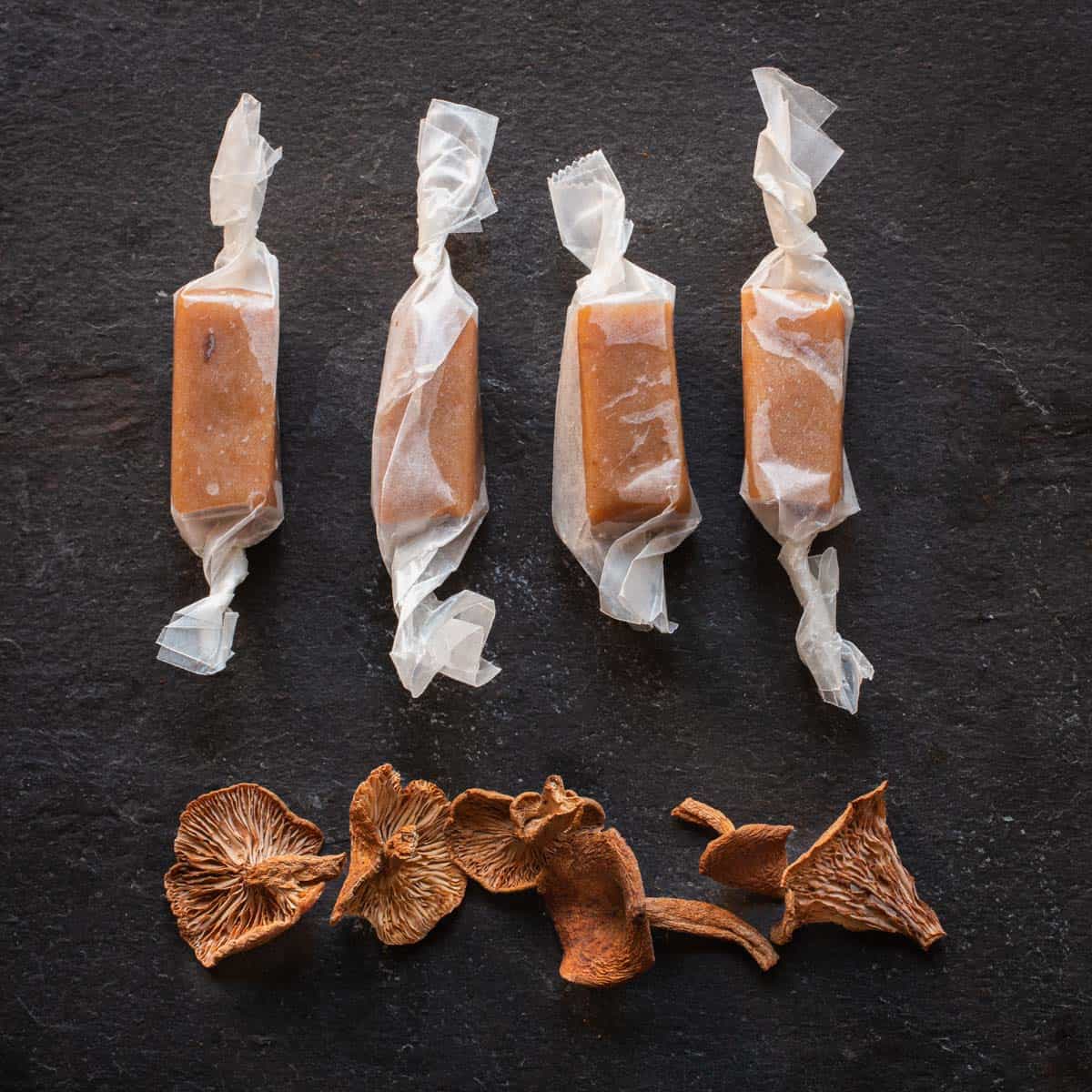
They're expensive mushrooms, and typically sell for about $15-20 per ounce. I buy mine online as they don't grow near me. Learn more about cooking and getting the most from them in my post on candy caps.
Chestnut Bolete
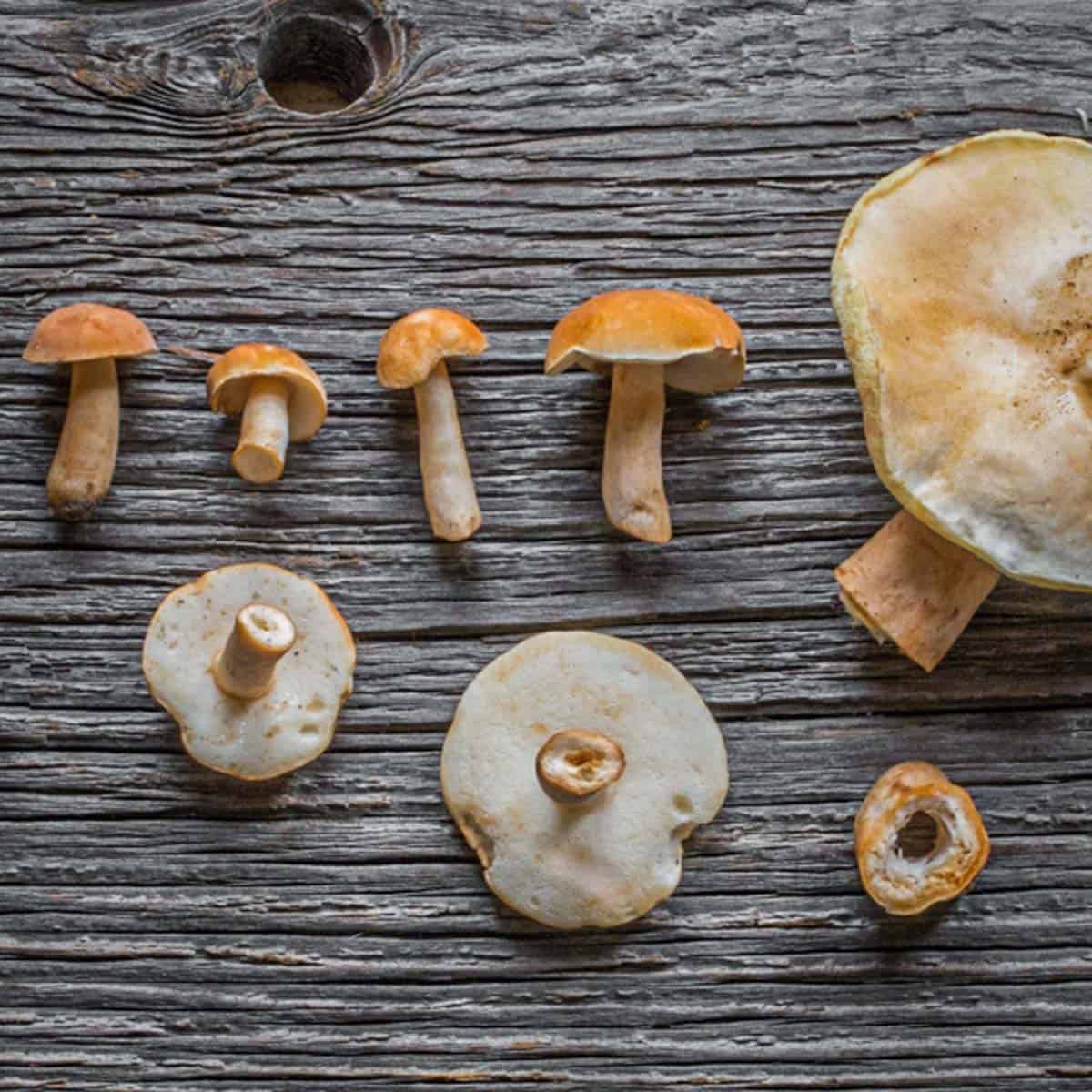
Chestnut boletes (Gyroporus castaneus) are a cousin to porcini mushrooms, and although they're small, they make up for it with a rich, savory mushroom flavor. I typically see them in the summer from July to August in the Midwest, and on good years, I can pick pounds of them. Some years they're very sparse and I don't bother.
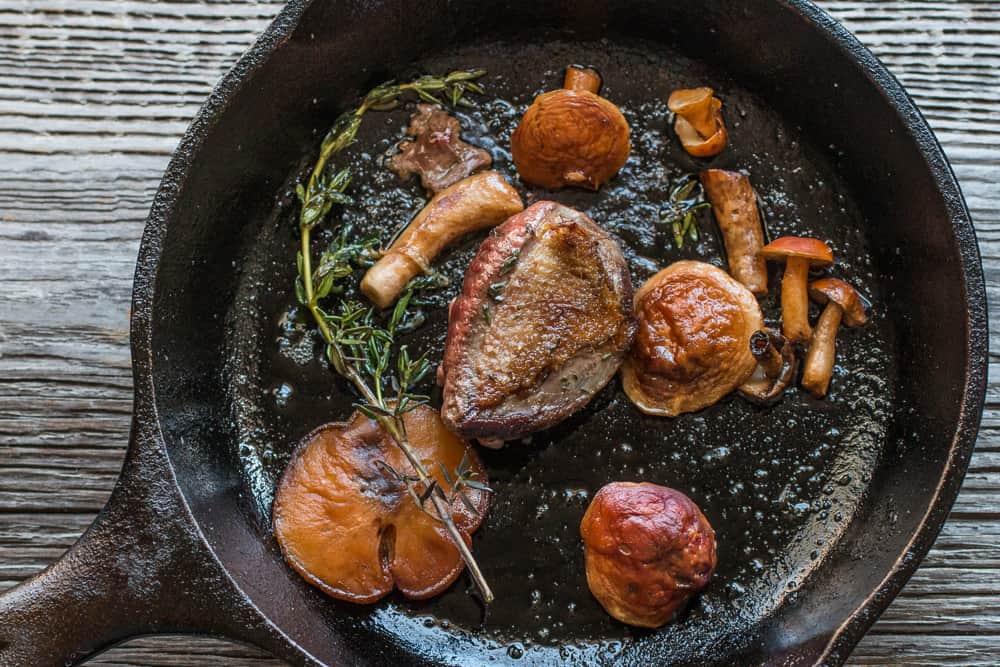
You can use them in lots of different mushroom recipes, but I think the best thing to do with them is simply sauté them whole and use them as a garnish. They're also good in a blend of sauteed mushrooms. Learn more about them in my post on chestnut boletes.
Cornflower Bolete
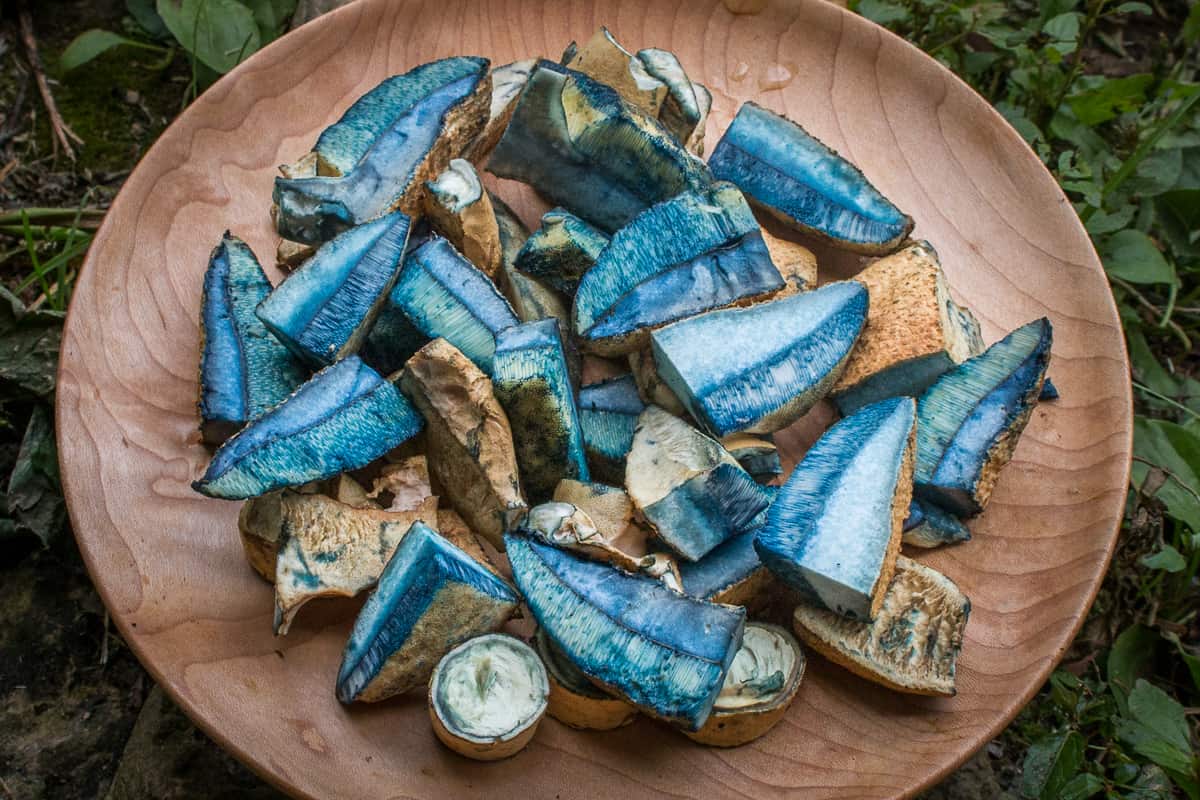
Cornflower boletes (Gyroporus cyanescens) are one of the most striking and colorful wild mushrooms you can find. I see them in hardwood forests with red oak trees in the summer from July to September.
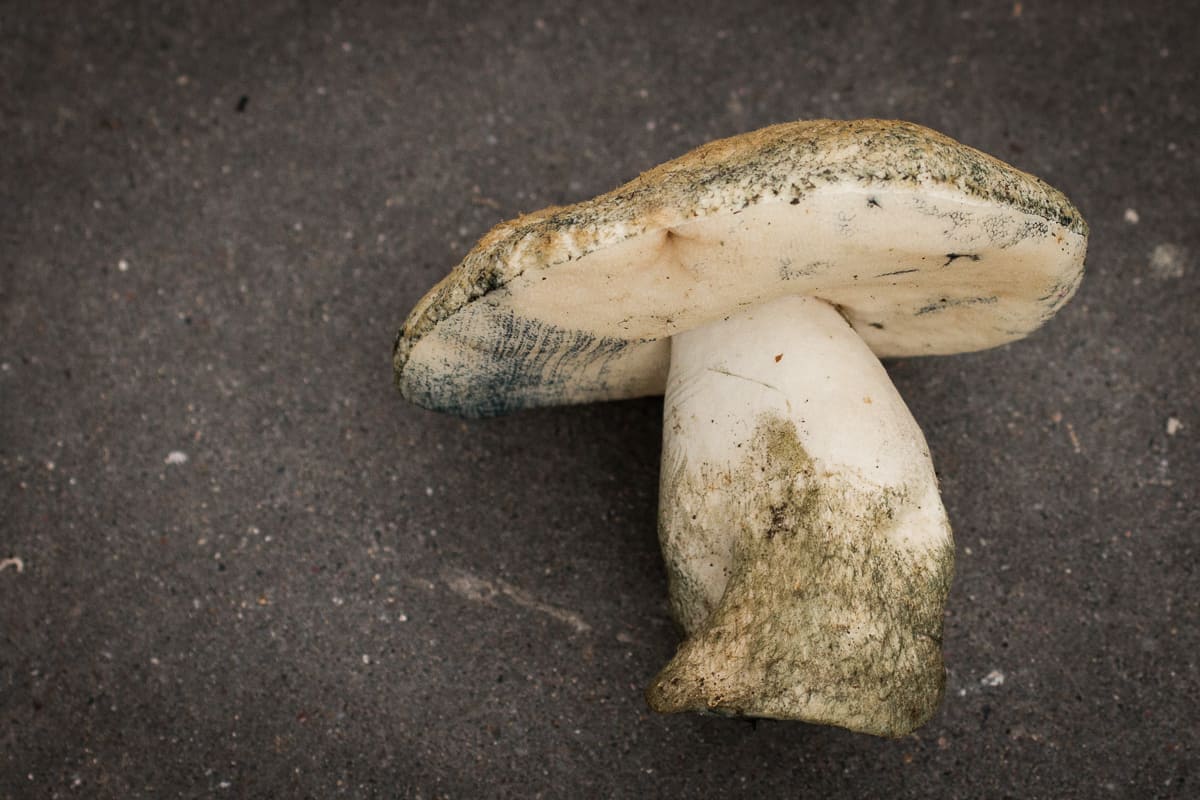
They're related to chestnut boletes but are much larger, and stain an intense cornflower blue when cut. Since they rarely ever contain bugs, these are one of the best bolete mushrooms for foragers to know, and I gather them whenever I see them. Learn more about them in my guide post on cornflower boletes.
Purple Laccaria

Purple laccaria (Laccaria ochropurpurea) are a common summer mushroom in hardwood forests in Eastern North America. They're easy to identify with their woody stem and attractive, bright, purple gills.
They don't have the intense flavor of some more prized mushrooms, but the caps are great sauteed or used in a mix like a mushroom fricassee. See more on them in my guide post on purple laccaria.
Shaggy Parasols
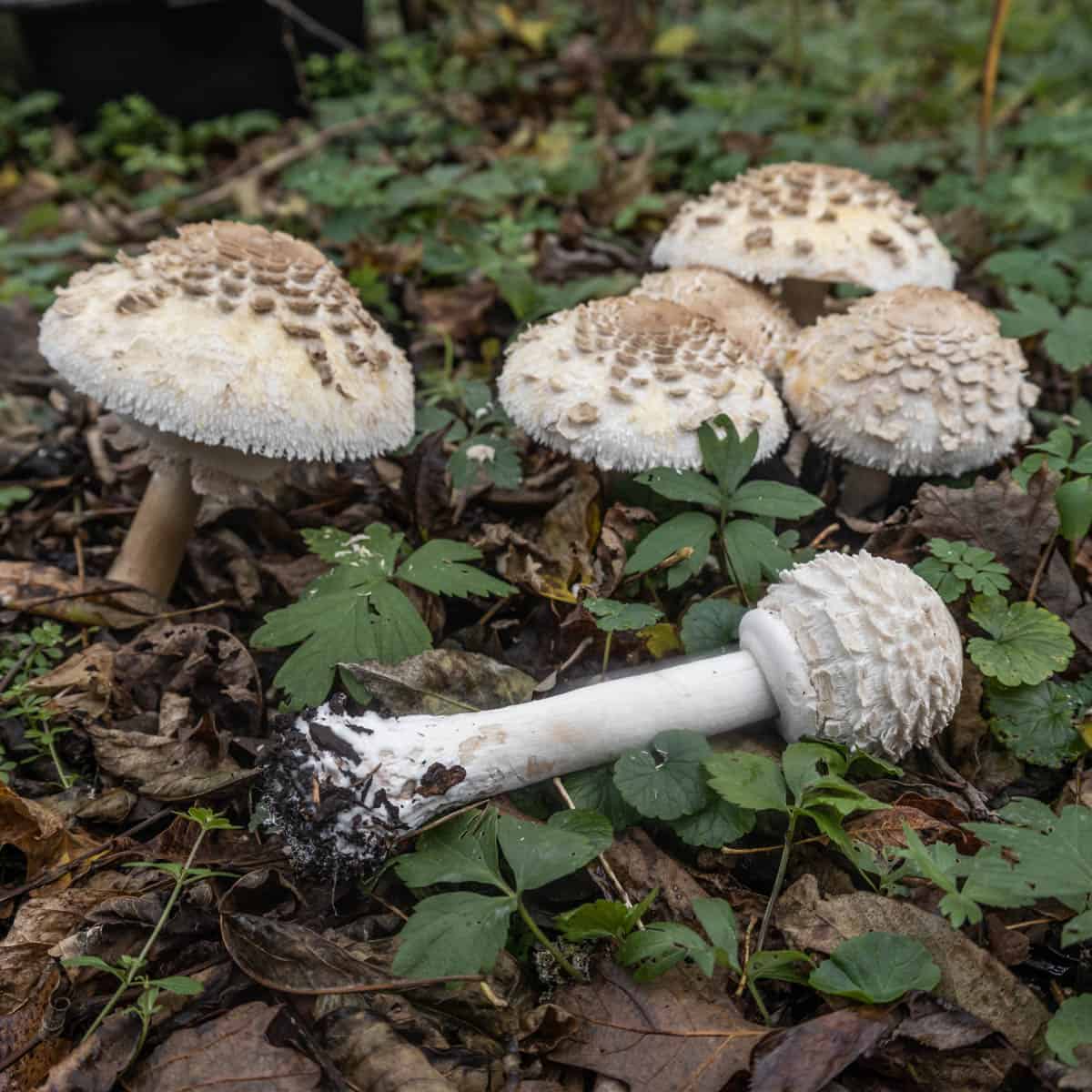
Shaggy parasols (Chlorophyllum rhacodes) take some time to identify correctly, but they're a popular wild edible around the world and a delicious wild mushroom to know. They have a rich mushroom taste similar to portobellos.
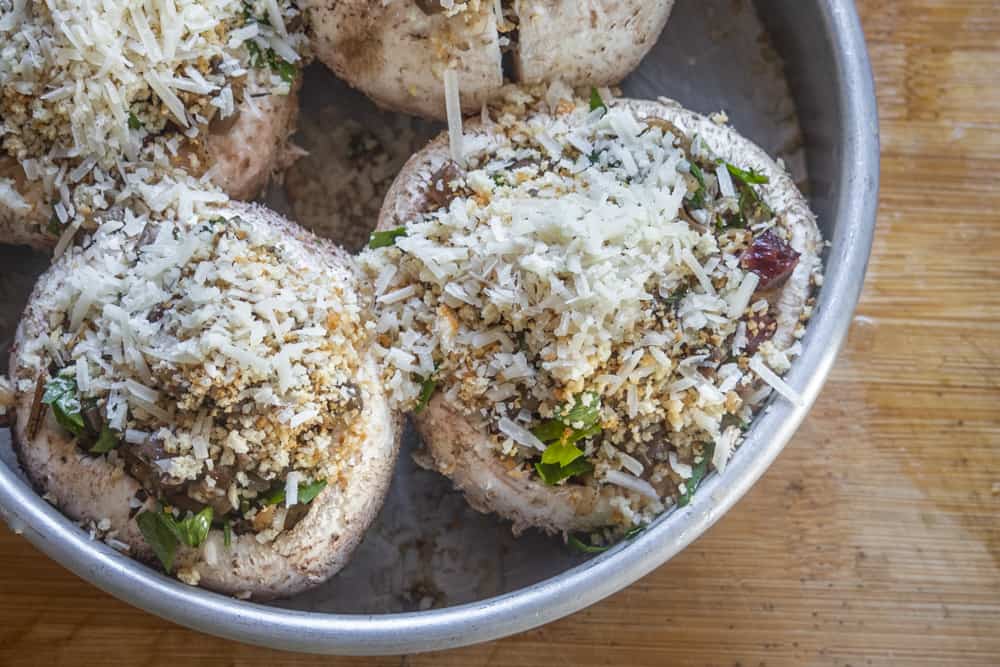
In Germany and Europe they're often made into schnitzel. I like them stuffed with wild rice. They're delicious, and can sometimes be found in large quantities, but you need to know how to identify them and rule out their poisonous look-a-like Chlorophyllum molybdites. I explain the differences in my guide post on shaggy parasols.
Shaggy Mane
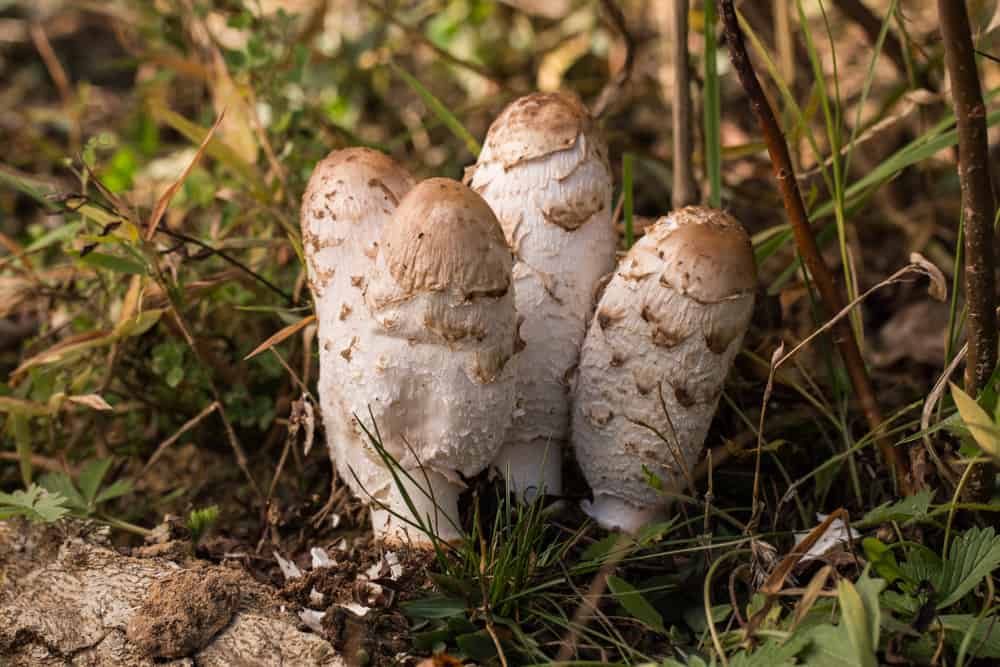
Shaggy manes (Coprinus comatus) are another famous edible mushroom. These are common along trails, fields and disturbed areas. They have a delicious, mild mushroom flavor, and have even been used to make ink in the past. I prefer them crusted with parmesan cheese.
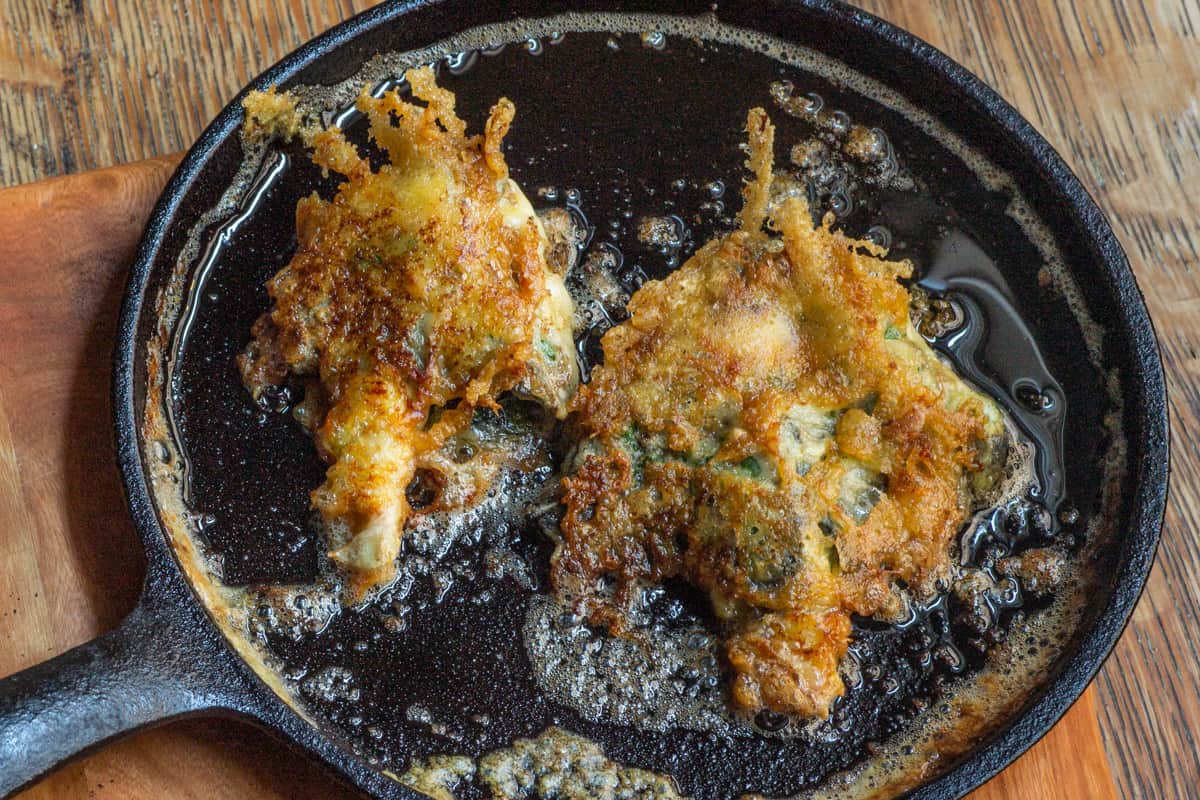
Shaggy's are one of the easiest mushrooms to identify, but if you're new to them you need to know how to rule out some look a likes that can make you sick if you consume alcohol with them. See more on them in my guide post on shaggy manes.
Beef of the Woods
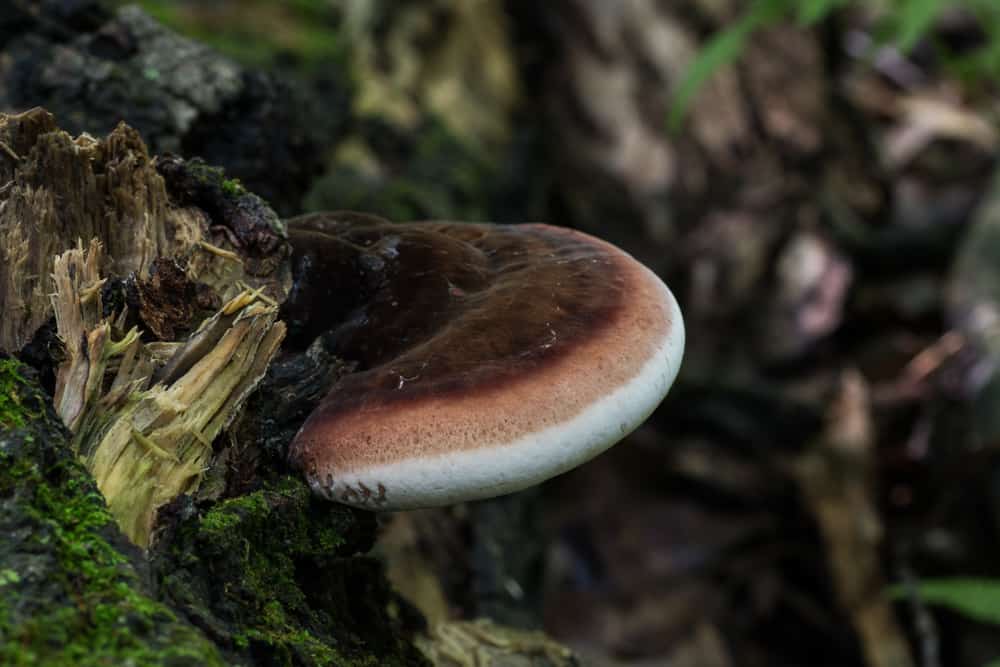
Beef of the woods is my name for Ischnoderma resinosum, also known as the resinous polypore. These are a parasitic shelf or bracket fungus like chicken of hen of the woods, and often infect oak trees and others. I was one of the first people to present these as an edible mushroom, and I enjoy sharing them with people every year.
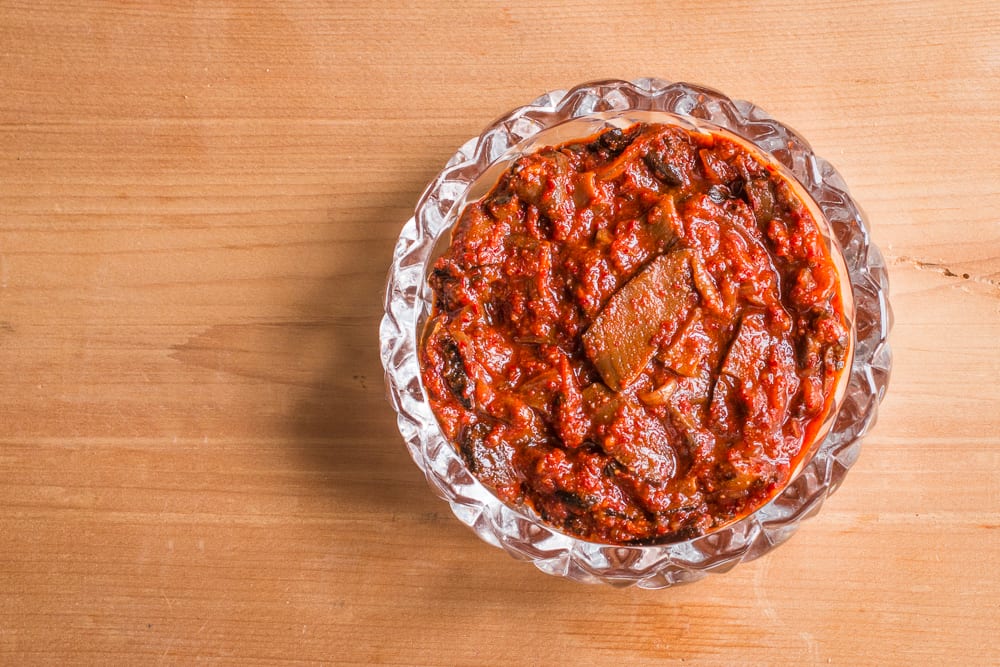
I see them in the mid-summer from July to September in the Midwest. When young, they have a firm, tender texture, and can be used in many different mushroom recipes. They're one of my favorite stir-fry mushrooms. Since they're firm, they can also be fermented into wild mushroom kimchi. Learn more about them in my post on Ischnoderma resinosum.
Lions Mane
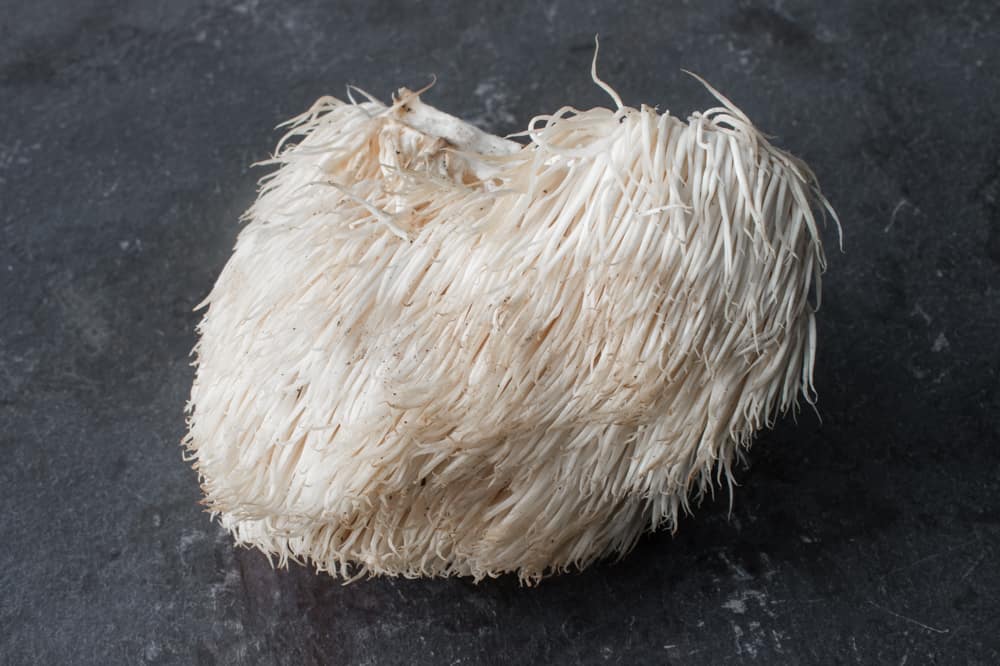
Lions mane mushrooms (Hericium corralloides and others) can be found on dying and decaying trees, but are also one of the more well-known "exotic" mushrooms you might find at a specialty grocer since they can be cultivated.
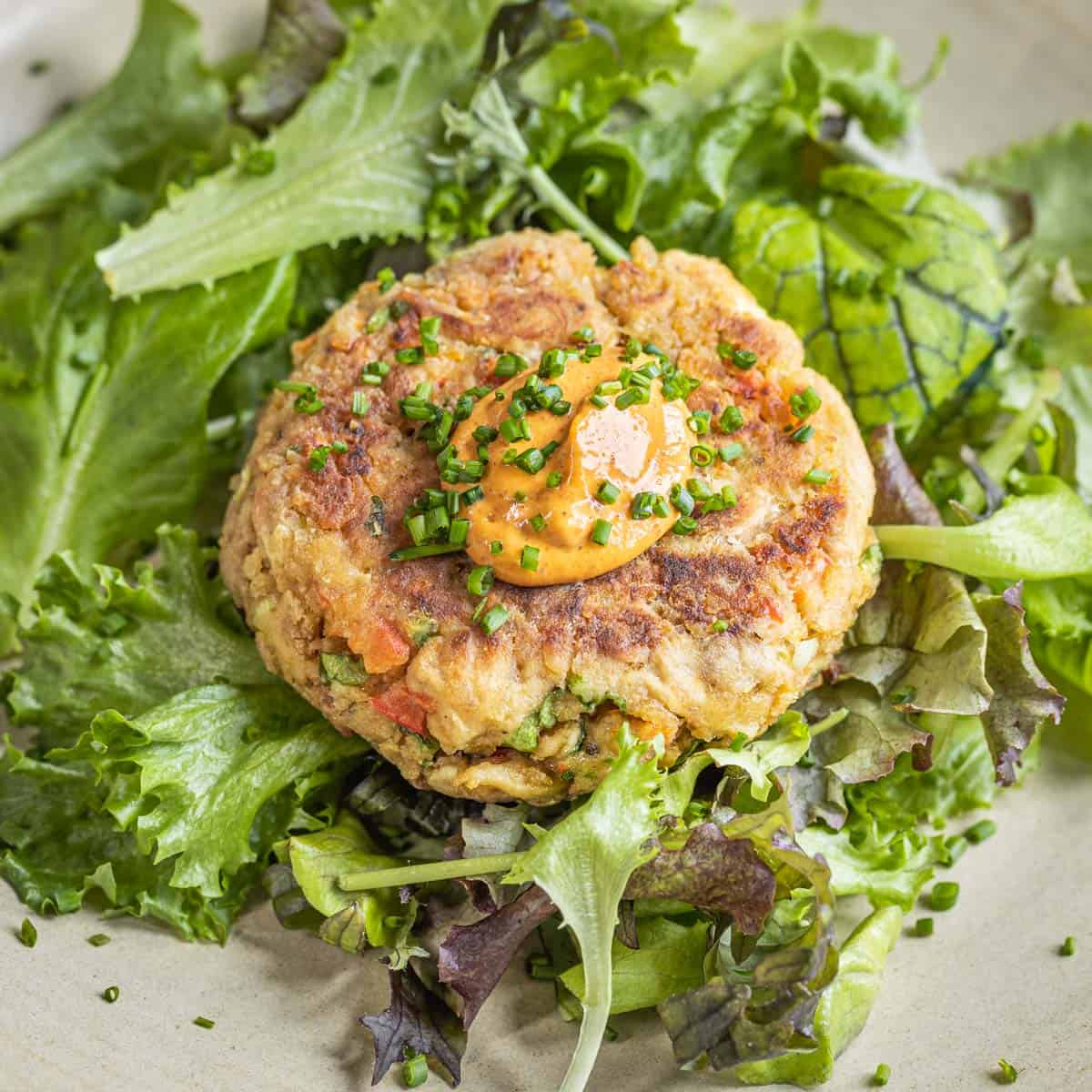
They have a mild mushroom flavor, but the texture is my favorite. Some people compare the texture to crab meat, and one of the most tried and true recipes for them is making lions mane crab cakes. Learn more about them in my guide post on lions mane mushrooms.
Lobster Mushrooms
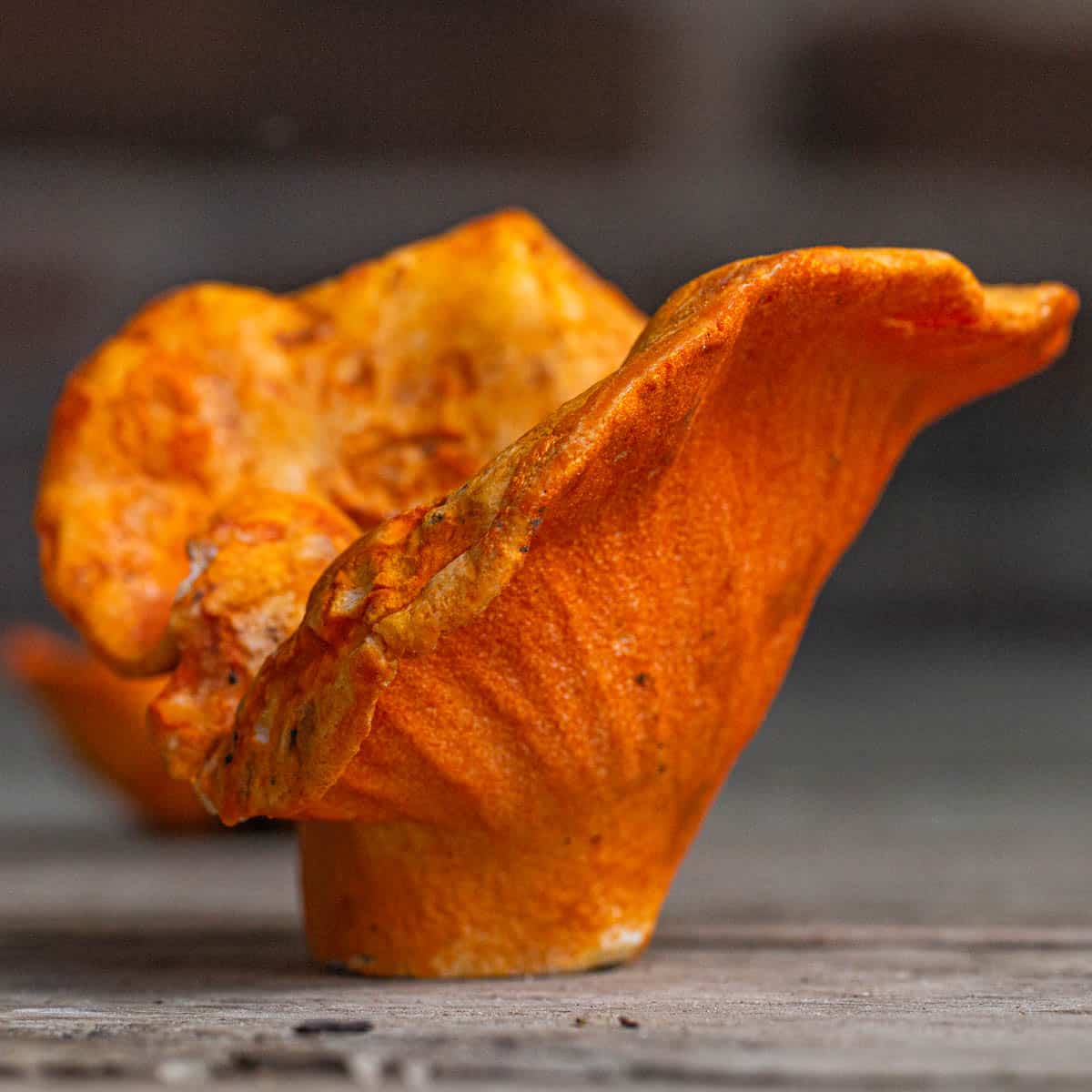
One of the easiest and most rewarding mushrooms to hunt, lobster mushrooms (Hypomyces lactiflourum) often grow in massive quantities from July to October where I live. Typically I see them in mixed hardwood forests of oak, maple and aspen. They have an aroma that's slightly reminiscent of lobster or fish, but taste like a mild mushroom.
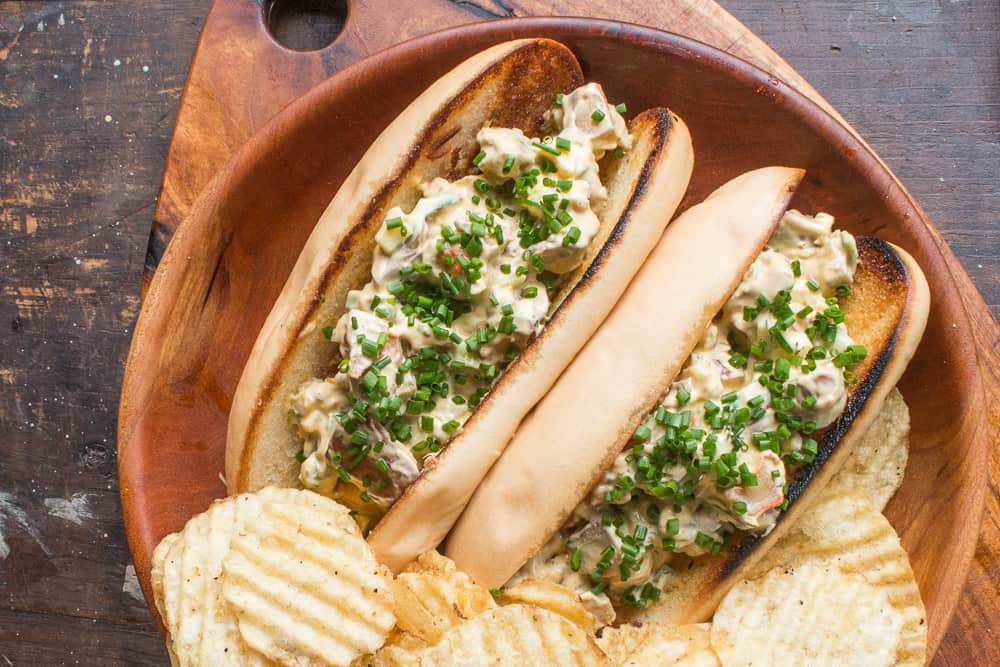
They don't have the intense flavor of some of the other mushrooms here, but they make up for it with their often massive size and firm texture. The mushrooms are so firm that you can grate them like a potato to make cakes or latkes. They also make a great vegetarian lobster roll. See more on harvesting and cooking them in my guide post on lobster mushrooms.
Huitlacoche

By far the most famous wild mushroom harvested in Mexico and South America, huitlacoche (Utsilago maydis) is a fungus that attacks corn, and is probably better known by most people in the United States by the name of corn smut. Corn mushrooms are common in the summer from July to August, especially on the edges of fields where corn can be damaged by deer eating the cobs.
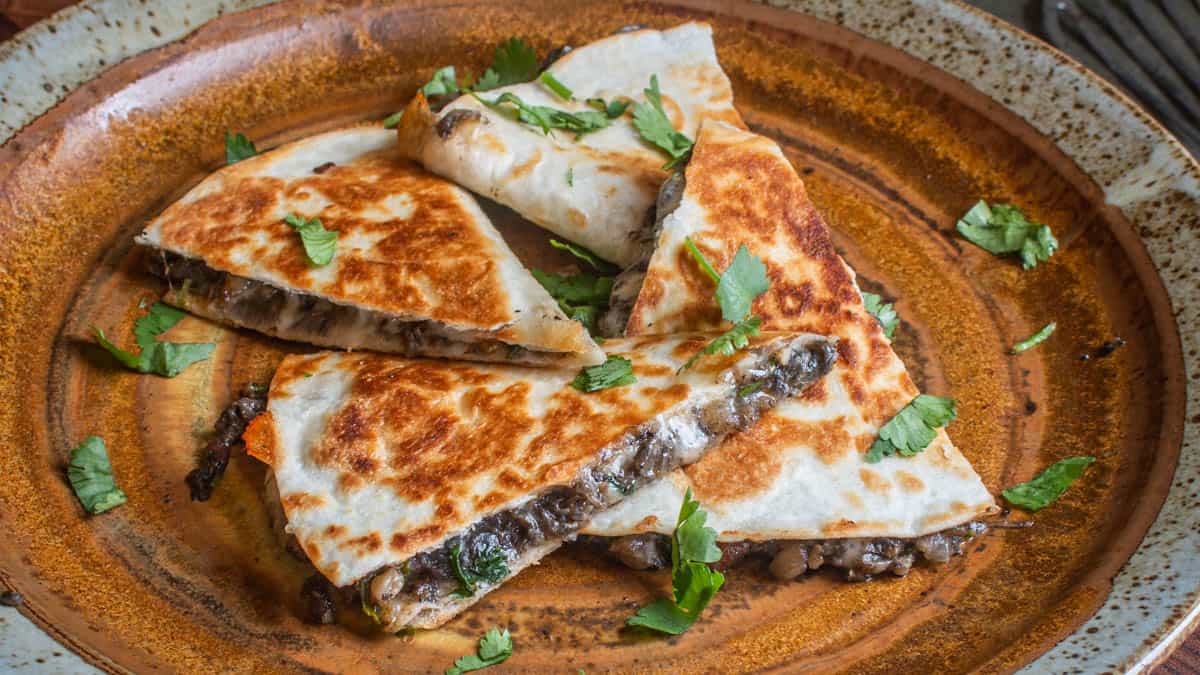
They have a rich, slightly bitter taste that can be different at first, but once you try a huitlacoche quesadilla you'll know what all the hype is about. Some farmers in the United States are now growing these mushrooms to sell during their short season. Learn more about harvesting and cooking these in my guide post on Huitlacoche.

Liza
The guidepost link in the description of oyster mushrooms is missing and the there is no link attached to the guidepost on shaggy manes
Alan Bergo
I don't have a guide for all the oyster mushrooms, when it's up, there will be a link.
Carla Savinon
Can any of these be found in Central Florida? I would love to
Forage for mushrooms here, but wonder if it’s generally too hot for any of these species.
Alan Bergo
I can't speak to that, I'd look up your Florida mycological society. Here's a link to their site via NAMA
David Vincent opolot
Great to know all these.
Alan Bergo
Thanks David.
Bob Reams
Combtooth Fungus, Hericium coralloides, is my favorite. Same genus as Lions mane, it tastes like sweet crab or lobster and and can used as a substitute for both! I have heard others name it their favorite also. And Hericium is an unbelievable brain food, last I had caused vivid dreams, and I rarely dream, I'm old!
Ben
I'm so glad I found this page! Puff balls have been popping up like crazy here in Minnesota and I've had two big harvests. I tried making mushroom Buffalo wings with them with the first batch, but really didn't know what I was doing and the texture was off-putting, but the flavor was fine. With the most recent batch I made the Puffball Parmesan and it was absolutely wonderful! I tweaked the recipe a bit and mixed some herbs and grated parm in with the bread crumbs.
Alan Bergo
Glad it worked for you.
Joe
I found an apple-ish red bolete , with yellow pores under-cap, a red stem of the same cap color , with yellow interior flesh. Rather bulbous and when sliced smelled identical to nutritional yeast, Ive yet to identify it ...all that to ask, is this a common edible polypore or something new to you as it is , I?
Regardless of a response, I want to thank you for your wonderful website and your epicureal knowledge. Thank you!!
Alan Bergo
Thanks Joe. It's basically impossible to identify a bolete from a description. Sometimes I wish people could post pics in the comments. There are many red and yellow boletes, some can make people sick when cooked fresh, but I have never had a problem if the mushrooms are dried first and then cooked, regardless of species.
Ed
Sounds possibly like a Projectullus
Jenna
Have you foraged for Slippery Jack mushrooms before?
Alan Bergo
Yes
Kathryn F. Sherrill
I live in middle Tennessee between Nashville and Chattanooga, can you tell me which mushrooms I might find in these areas and between. I so enjoyed your info. On mushrooms, I used to hunt morels in noted Indiana and south Michigan, I didn’t know if morels grew down here , I love them and miss them . Thank you again
Alan Bergo
Hello, you'll need a local guide for your area.
Jessica Murray
This provides a helpful guide on 35 essential wild mushrooms for foragers, including their identification, edibility, and habitat. It's a great resource for those interested in foraging for food.
Amy Fosdick
I’ve got a few mushrooms that look like saffron milk caps, but they’re non a yellow. They’re a bit brown gold.
Alan Bergo
I can't help you there. You can send me a picture on Instagram though.
Madonna
Great addition to highly sought info for mushroom foragers and cooks. Excellent photography work.
David Morneau
I've been gathering for a few years. I find many of these types here in our yard near Mille Lacs Lake or in. Kathio State Park or Father Hennepin State Park. I find your information extremely helpful and wish I had found it years ago.
Thanks for publishing.
Alan Bergo
Thanks David, glad it was helpful.
Shirin
Beautiful posts. Maybe the bolete that shows a strong blue needs a bit more caution added to description.
By the way, the word is ‘consolation ‘ prize.
Alan Bergo
Thanks for the copy edit-I know better. Many edible mushrooms bruise blue. Folk wisdom about avoiding any mushrooms that turn blue is misguided and disrespectful to mushrooms, IMO.
Jenny
Are there any blue staining boletes/still us to avoid (not red spores obviously, but I find many little button boletes/Suillus that stain a pale blue when cut open) pacific NW
Alan Bergo
From my experience, (and this should be considered anecdotal) most blue staining boletes are fine if they're dried first. Eating fresh is a different story. Obviously no red pores, as you mentioned.
Don Shepard
Aureoboletus betula (“Shaggy Stalked Bolete”) one of my favorites to forage. Not very plentiful but worth foraging.
They have a very lemony citrus flavor that a like pairing with pork dishes. I dehydrate them also and sprinkle in a lemon sauce over pasta.
Alan Bergo
Thanks Don. The Russellii I had last year tasted similar.